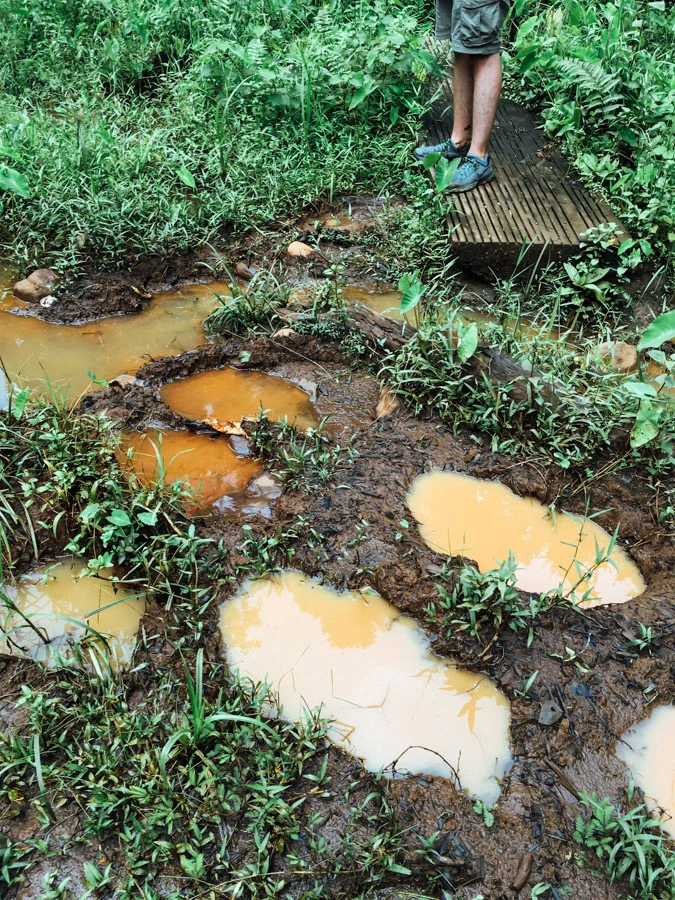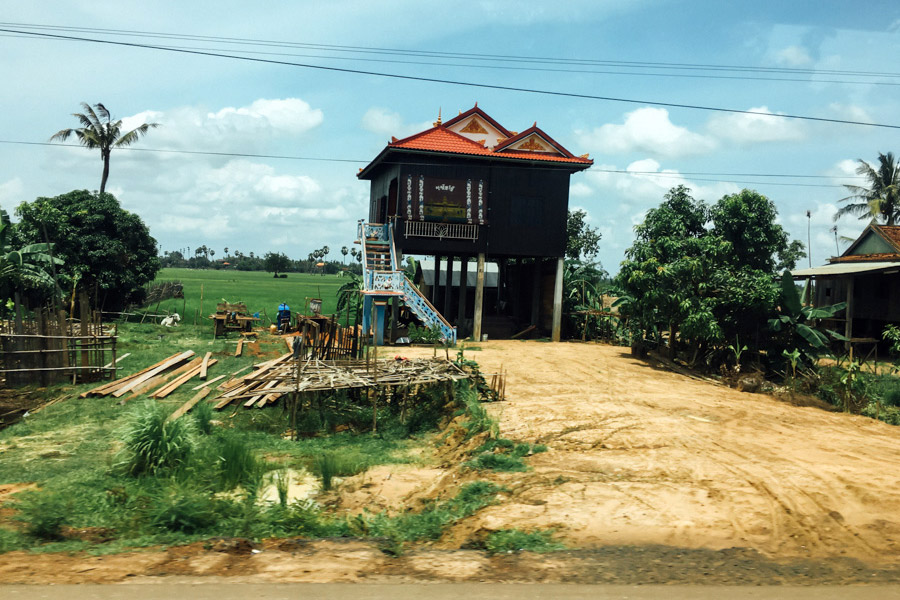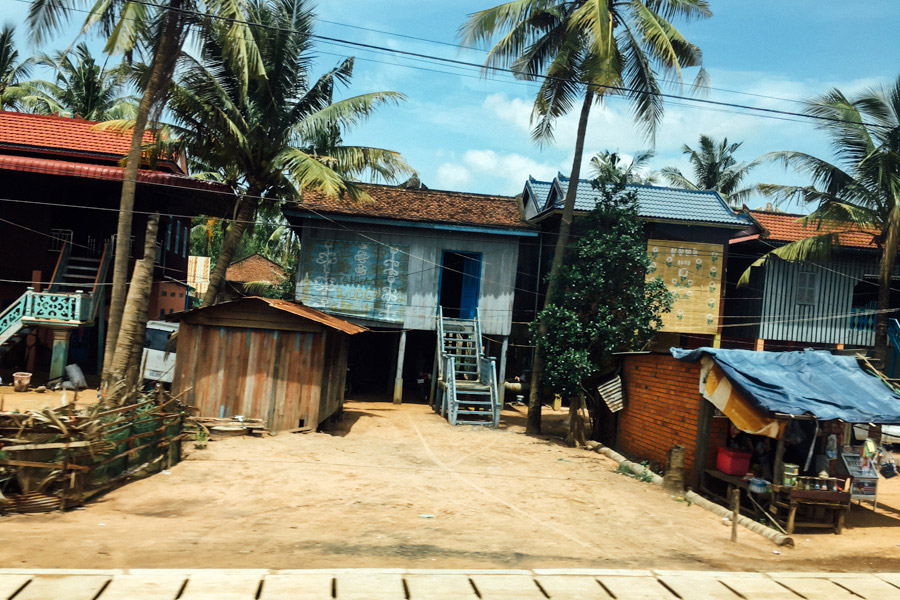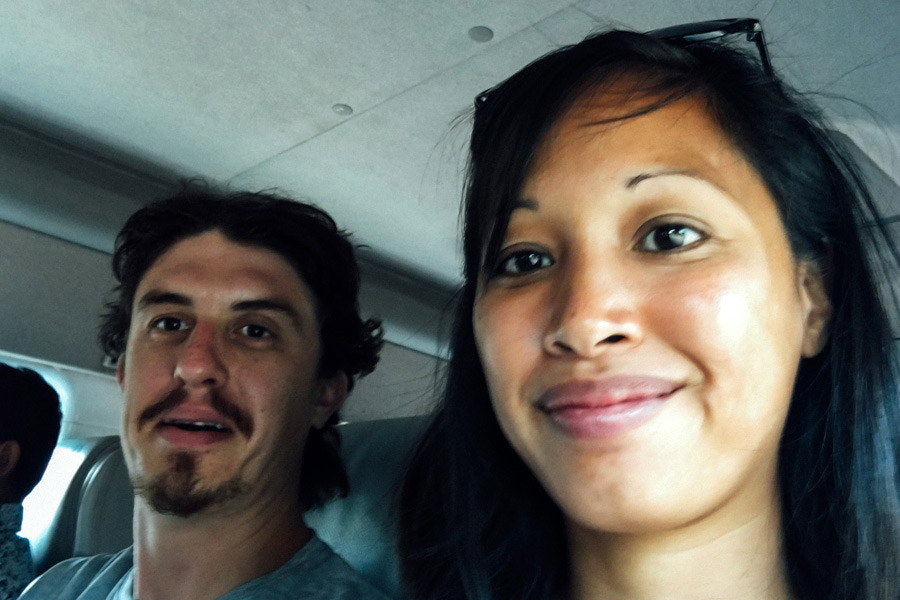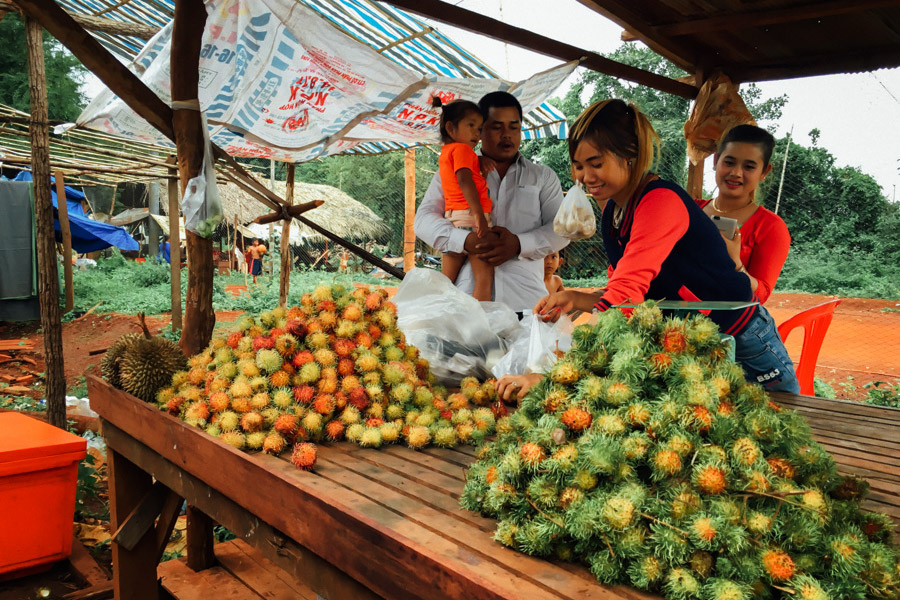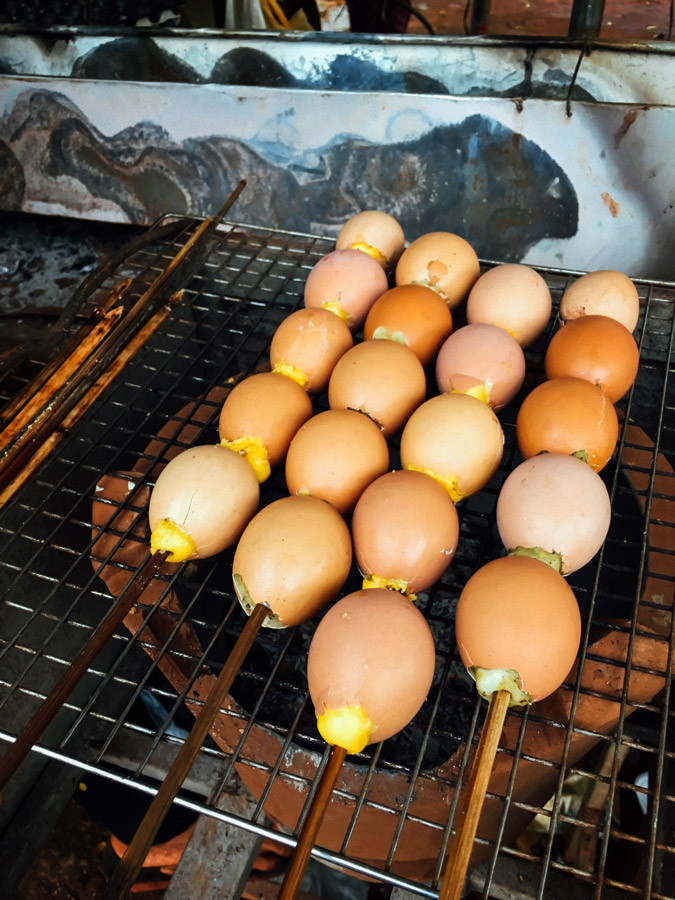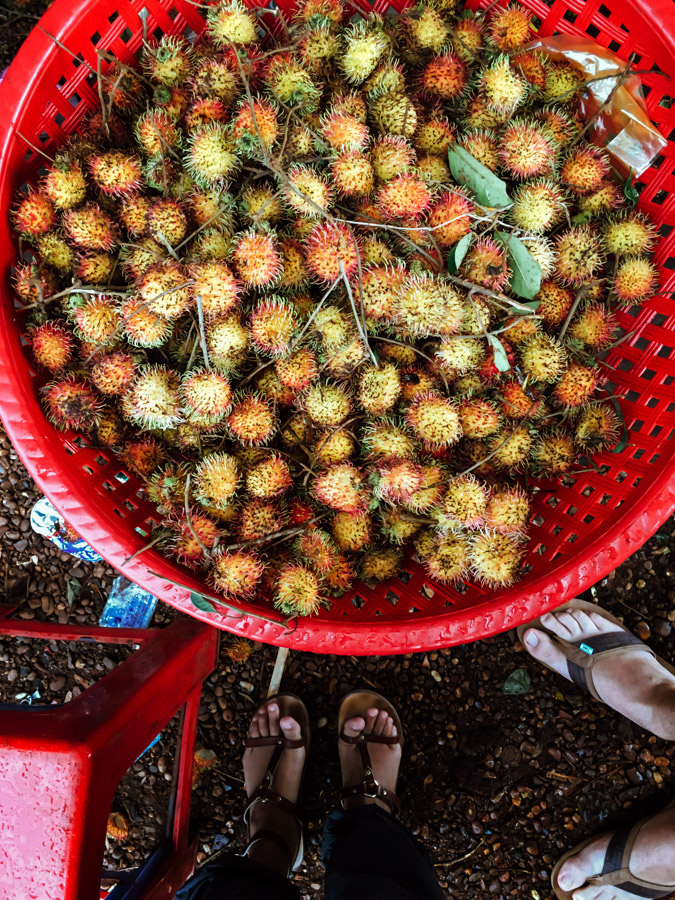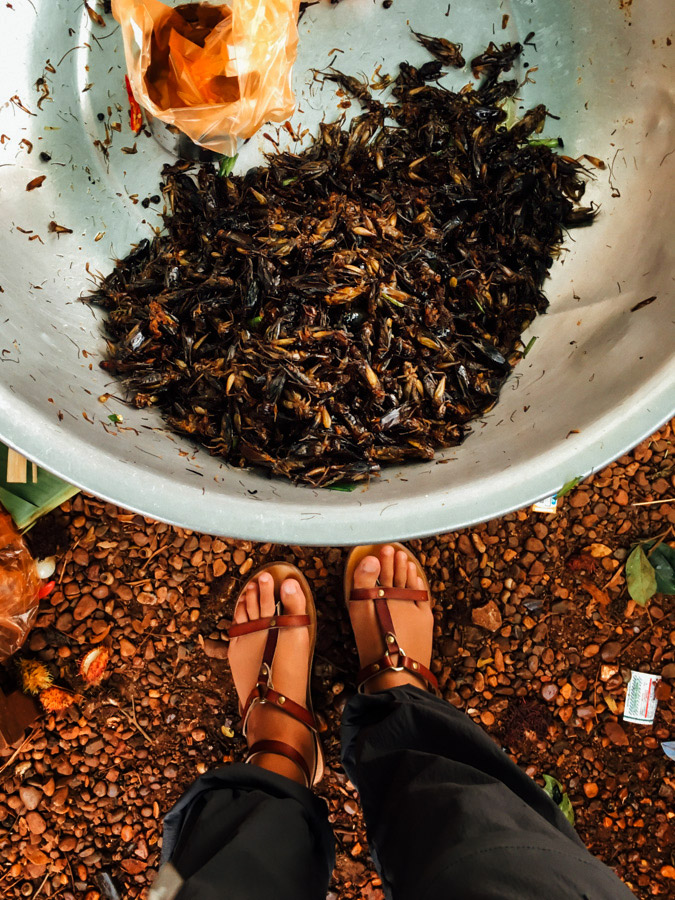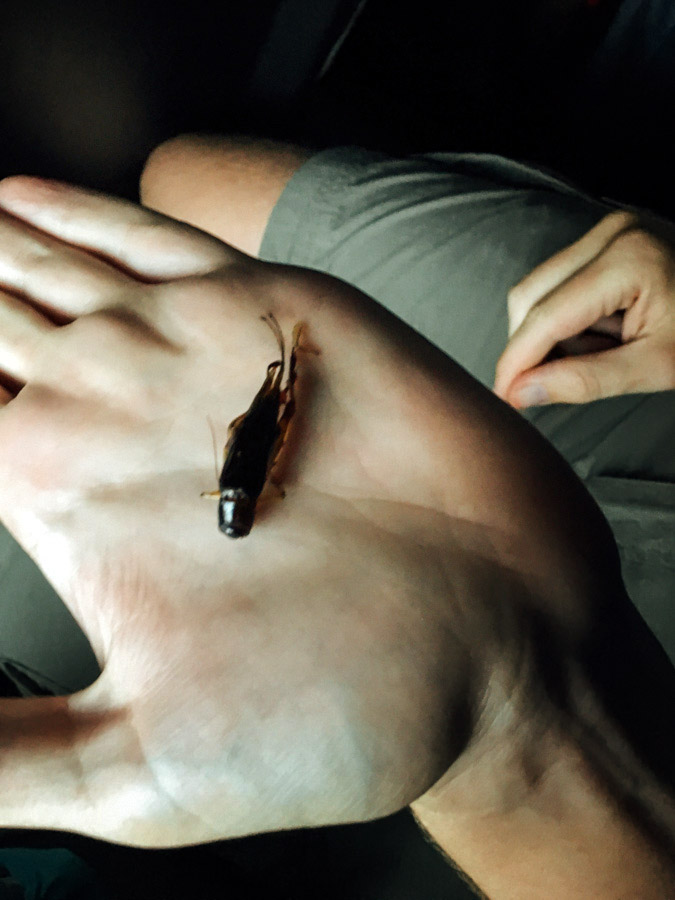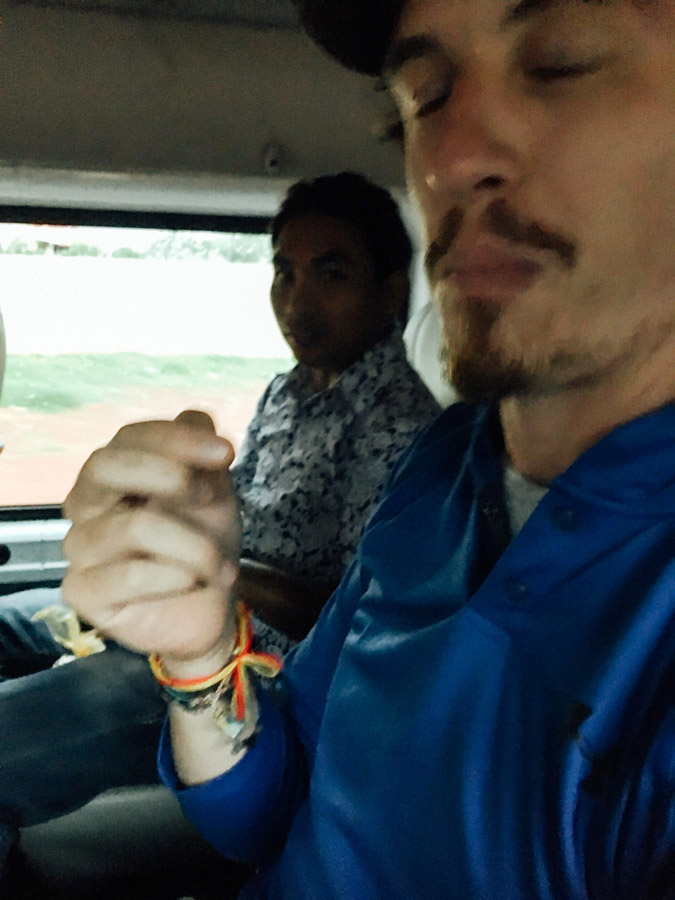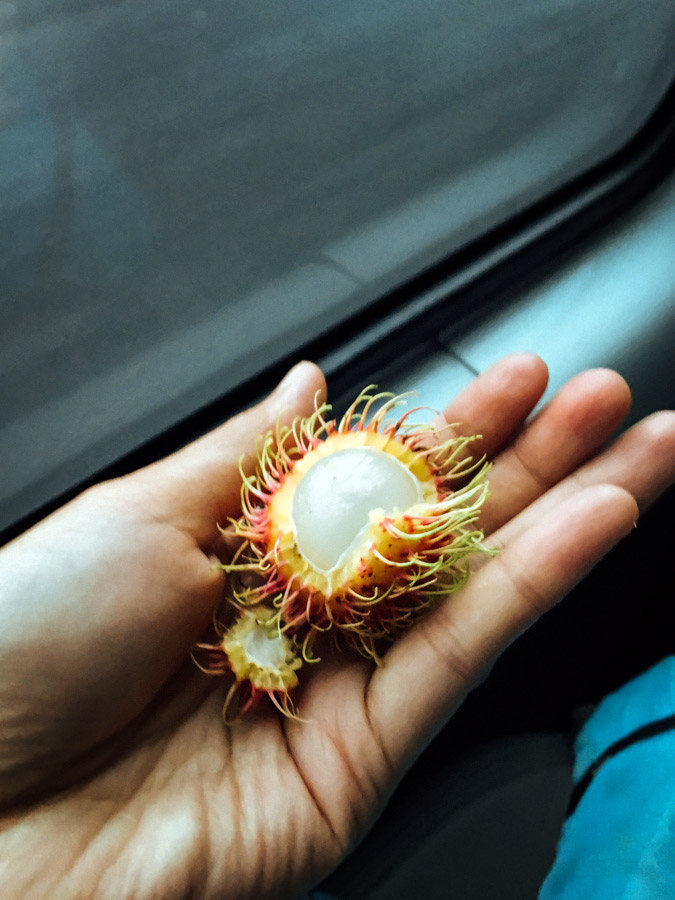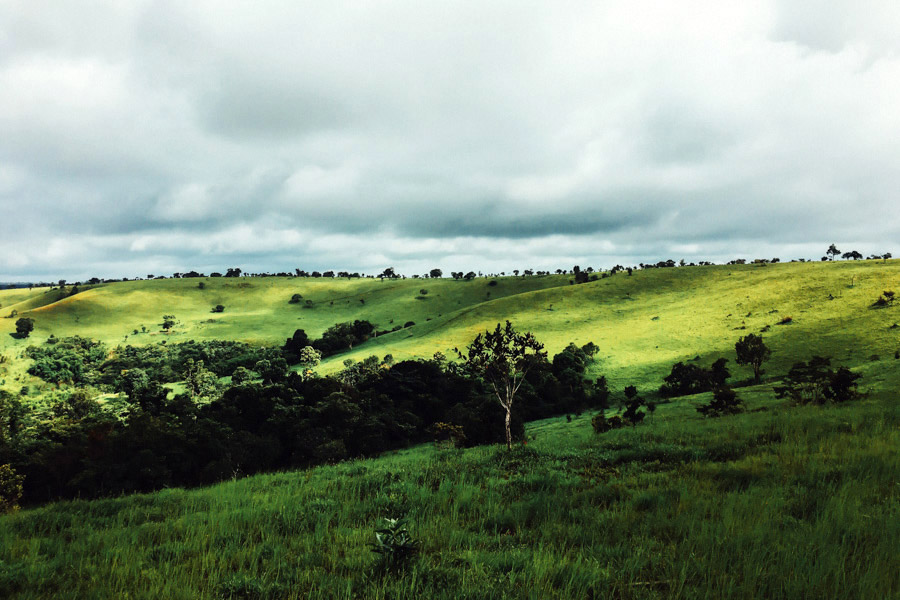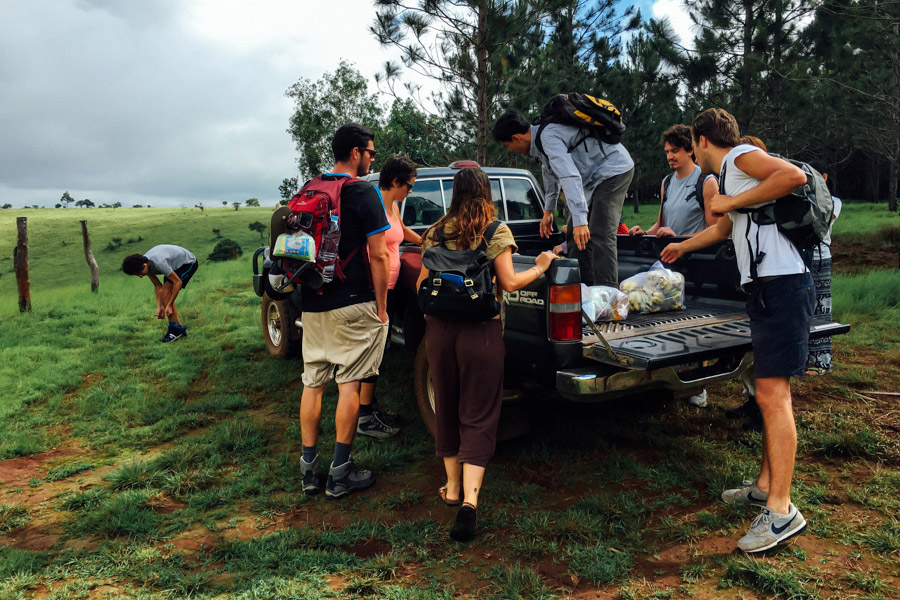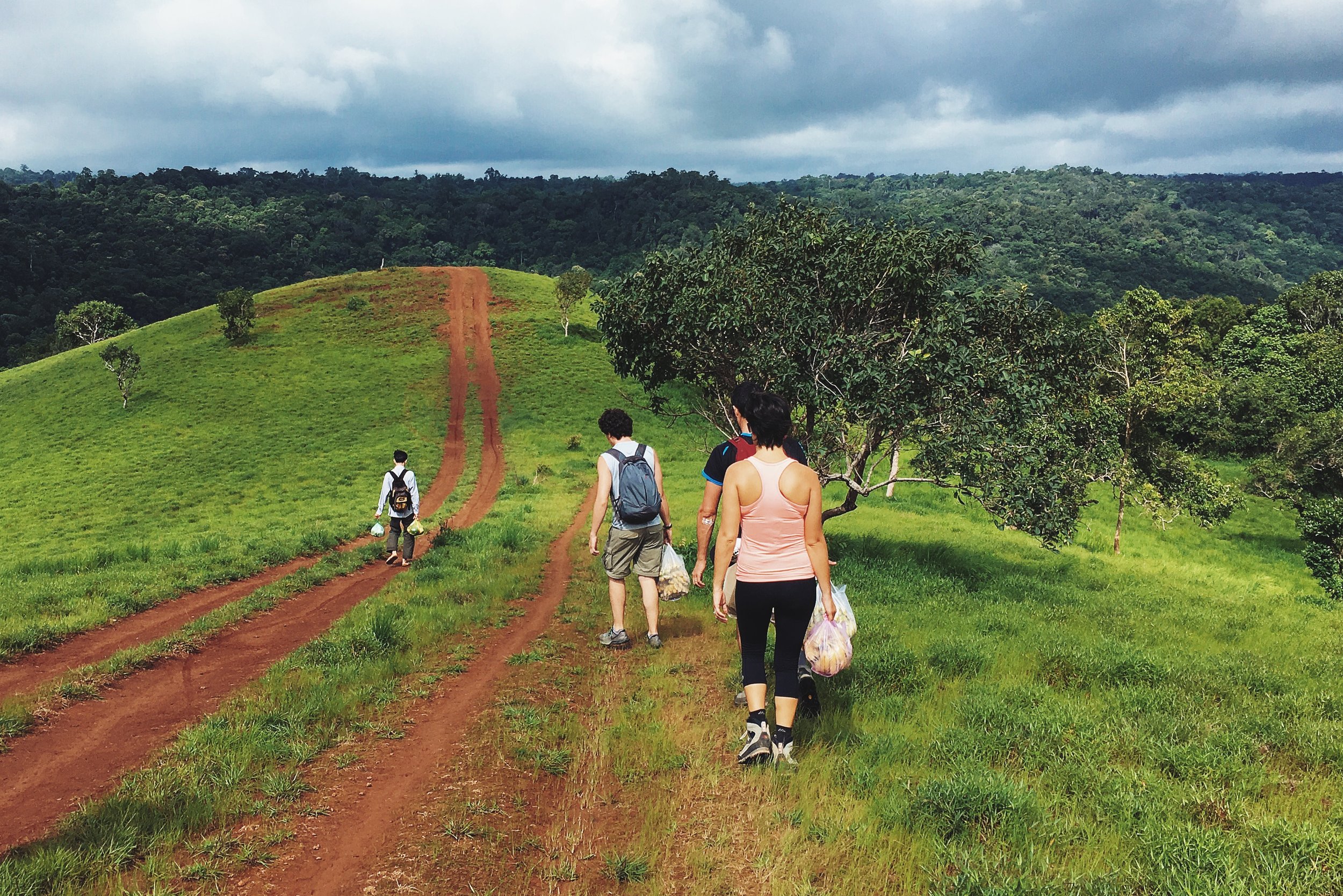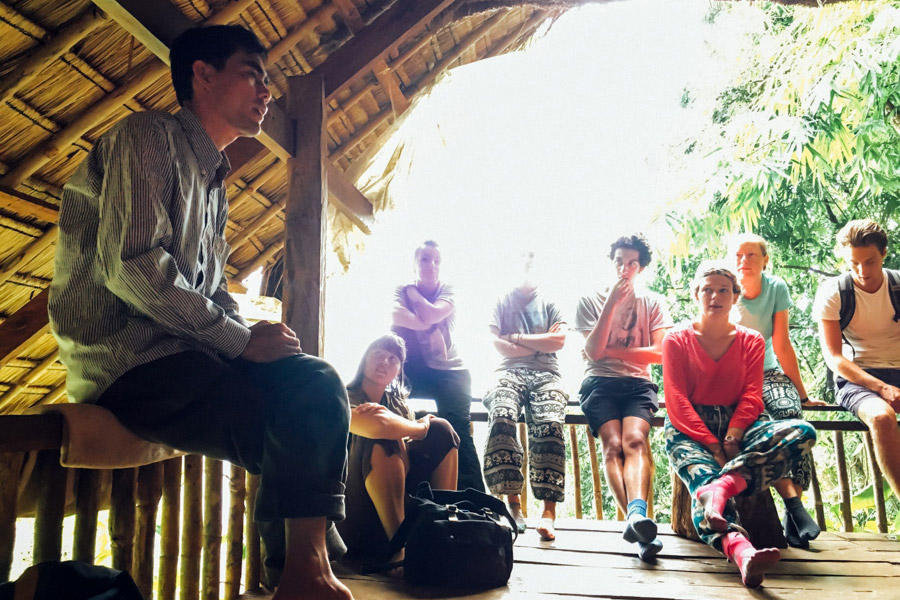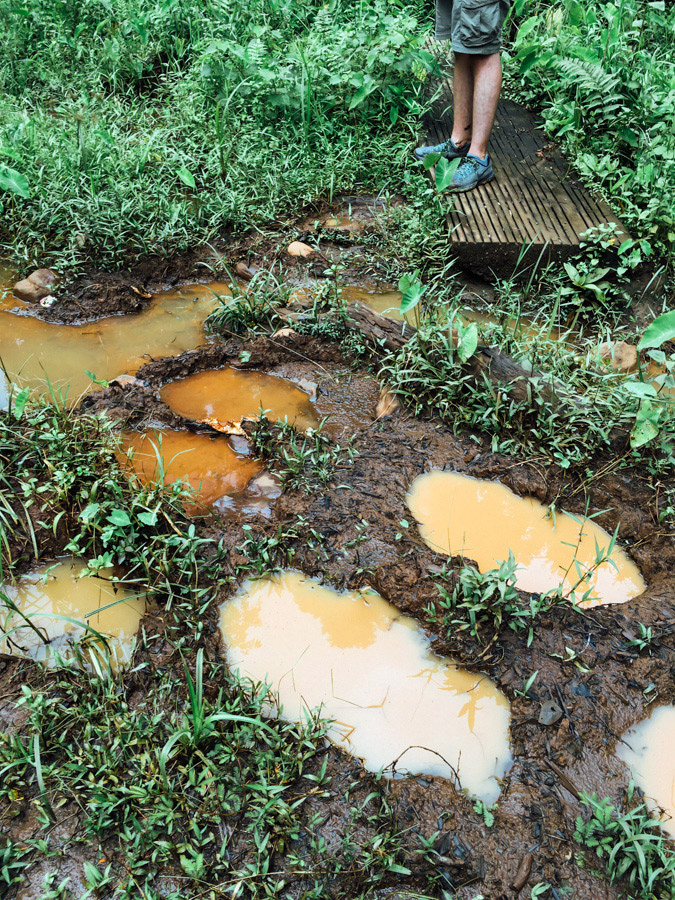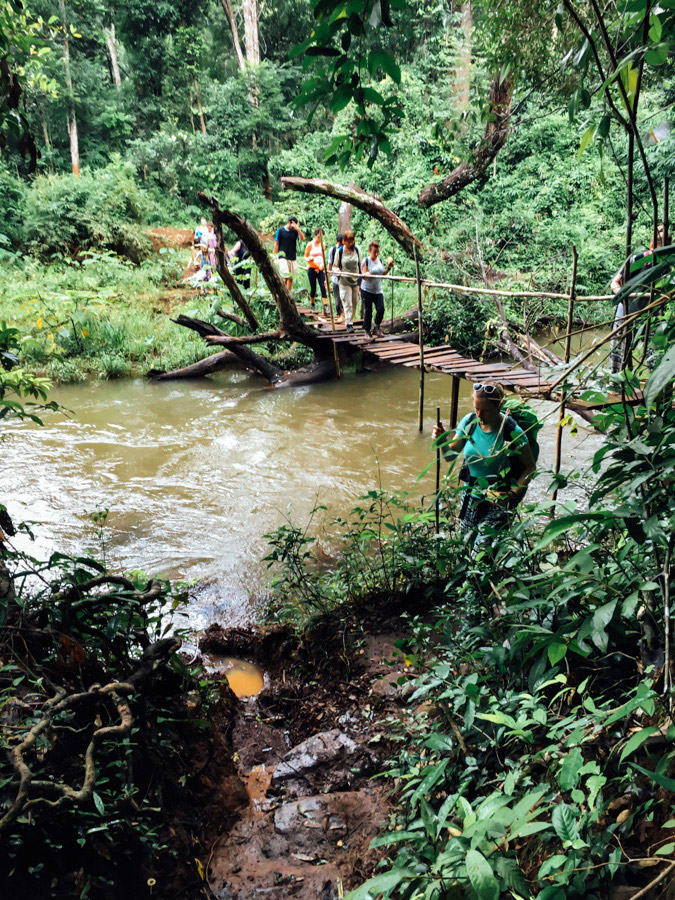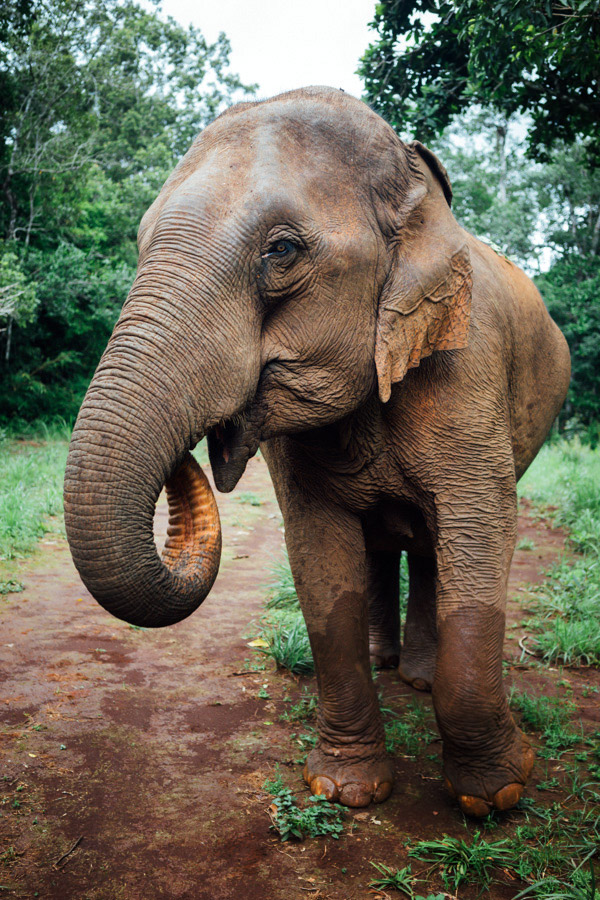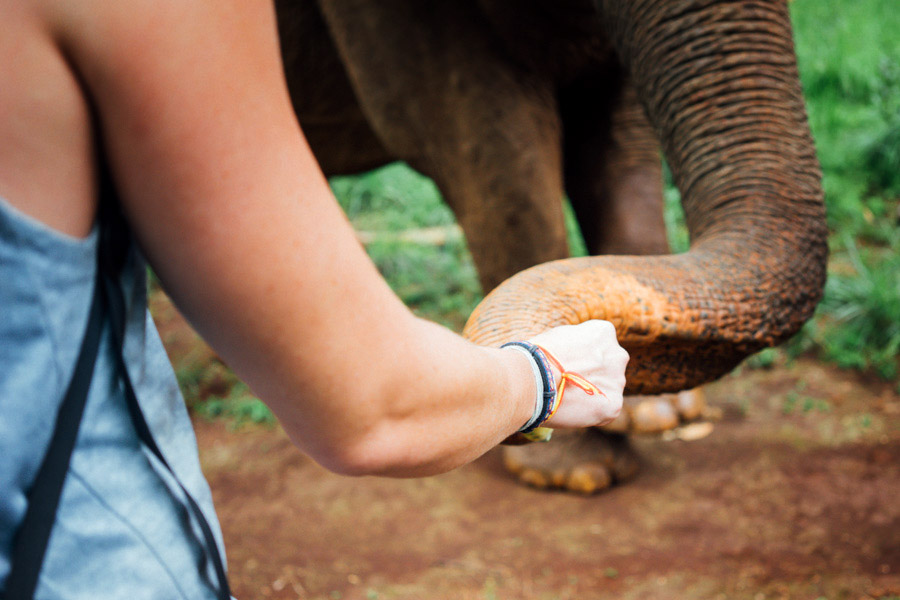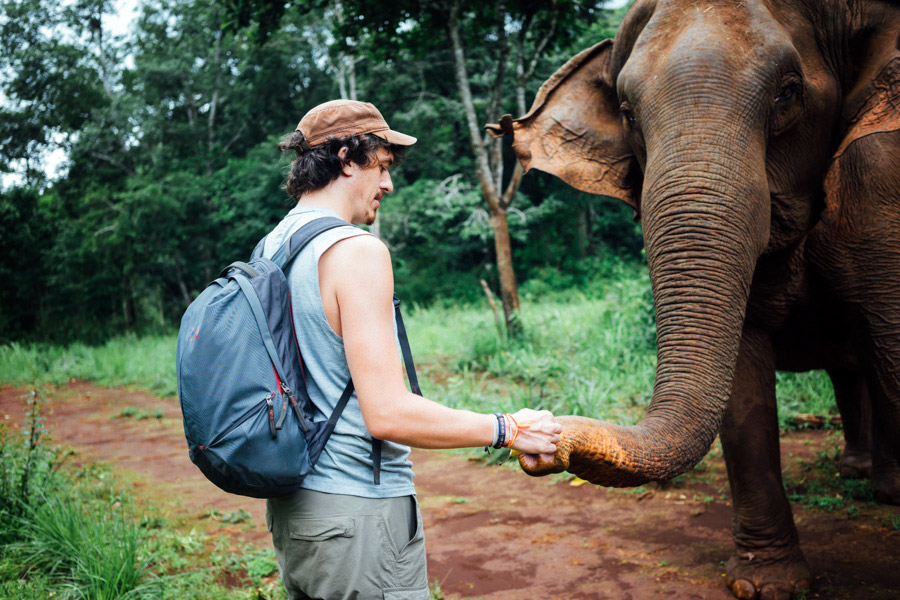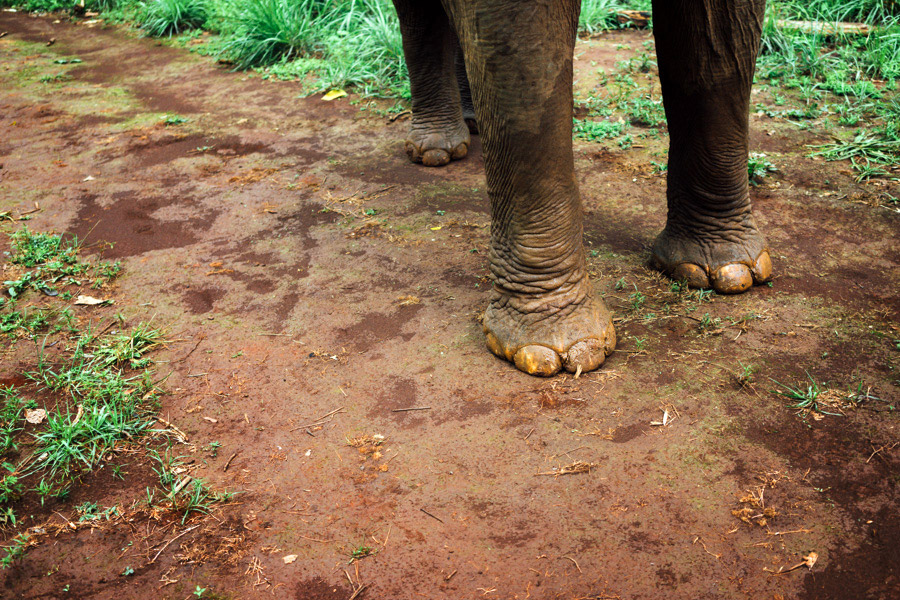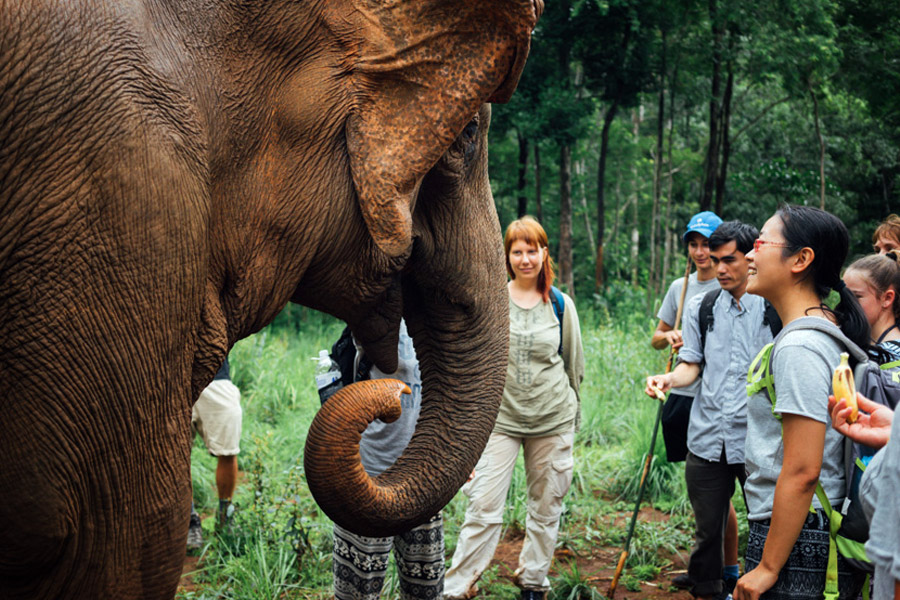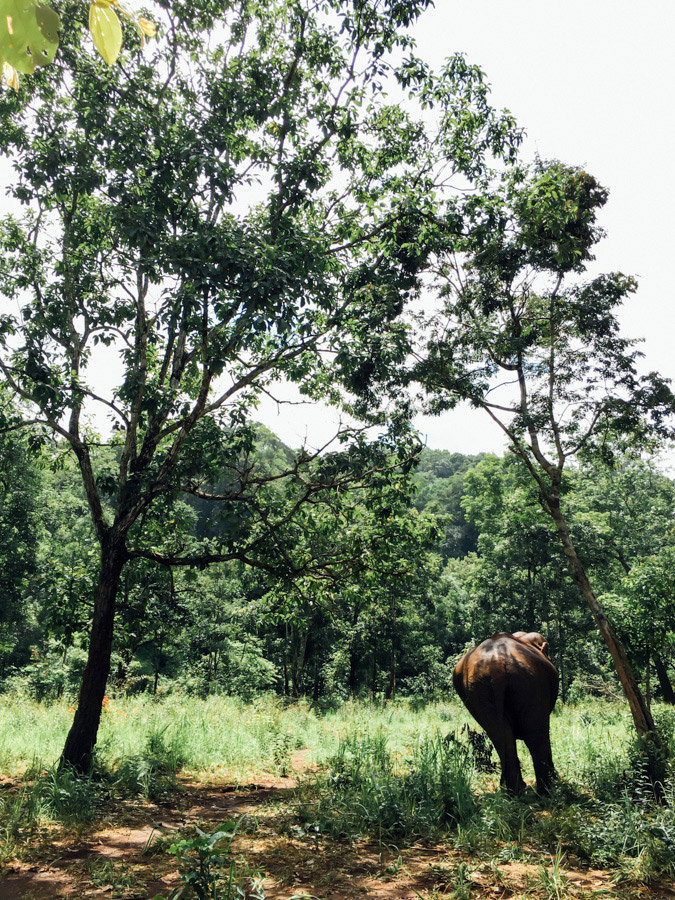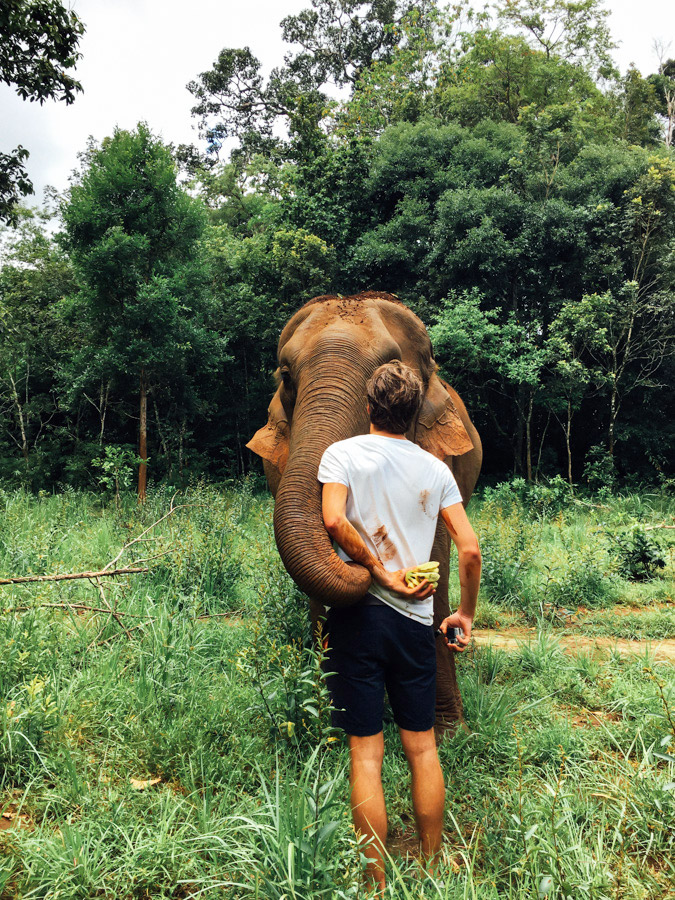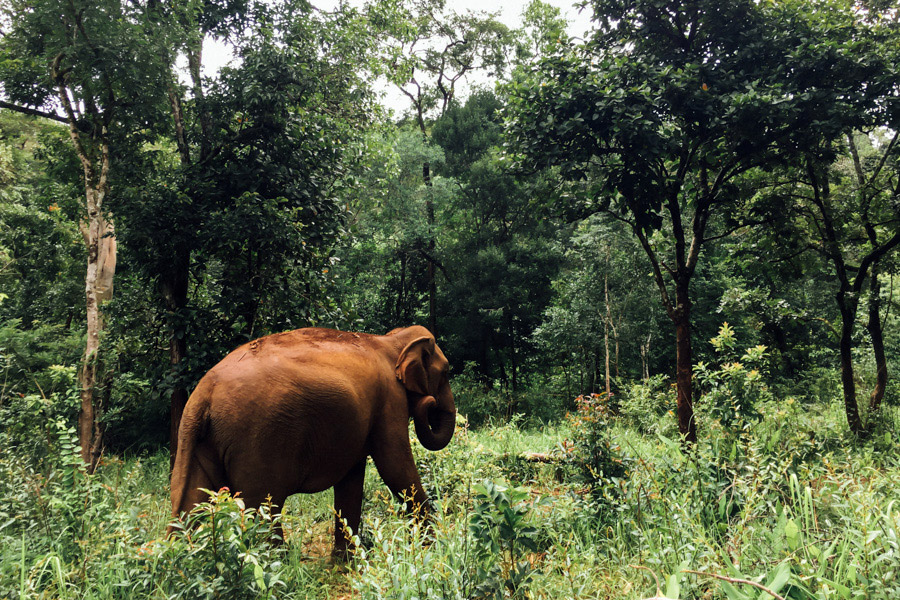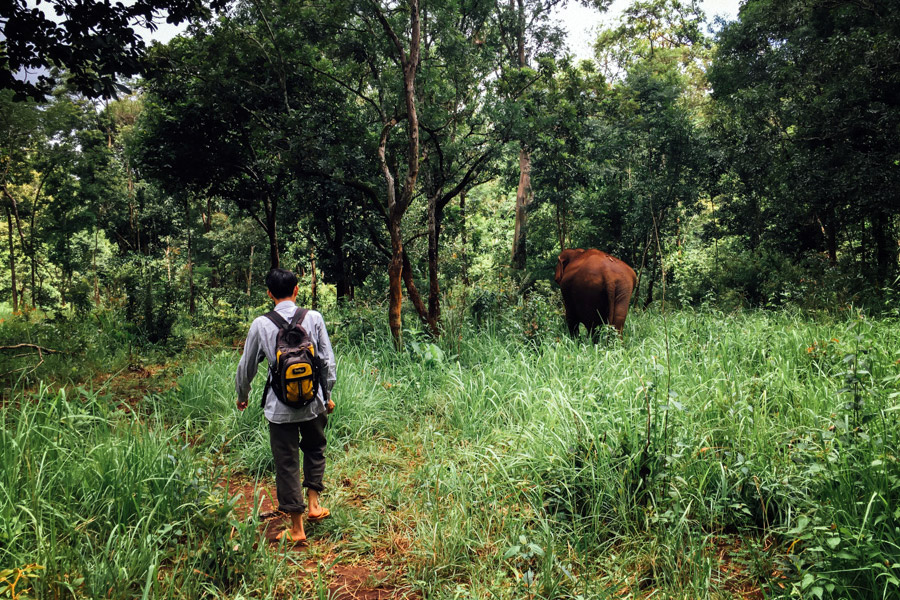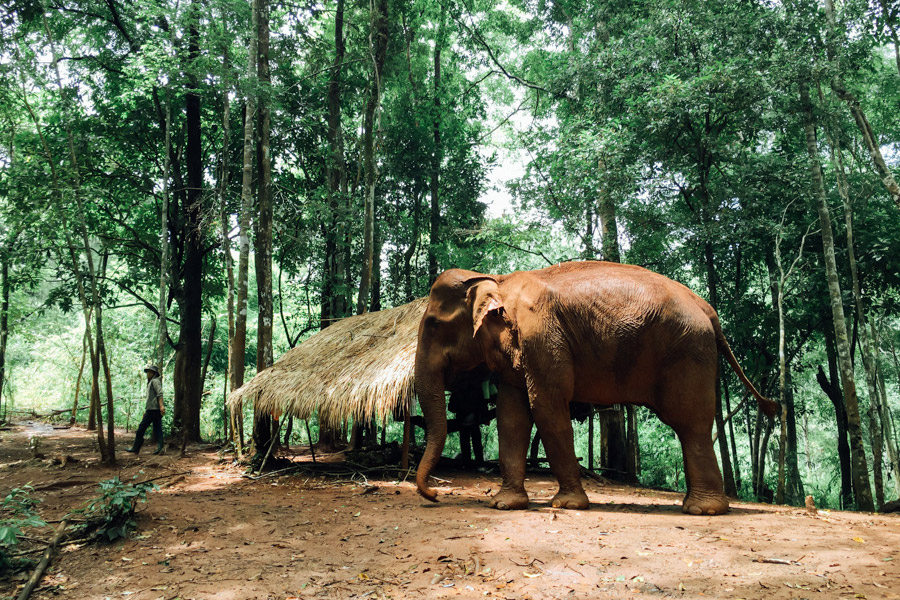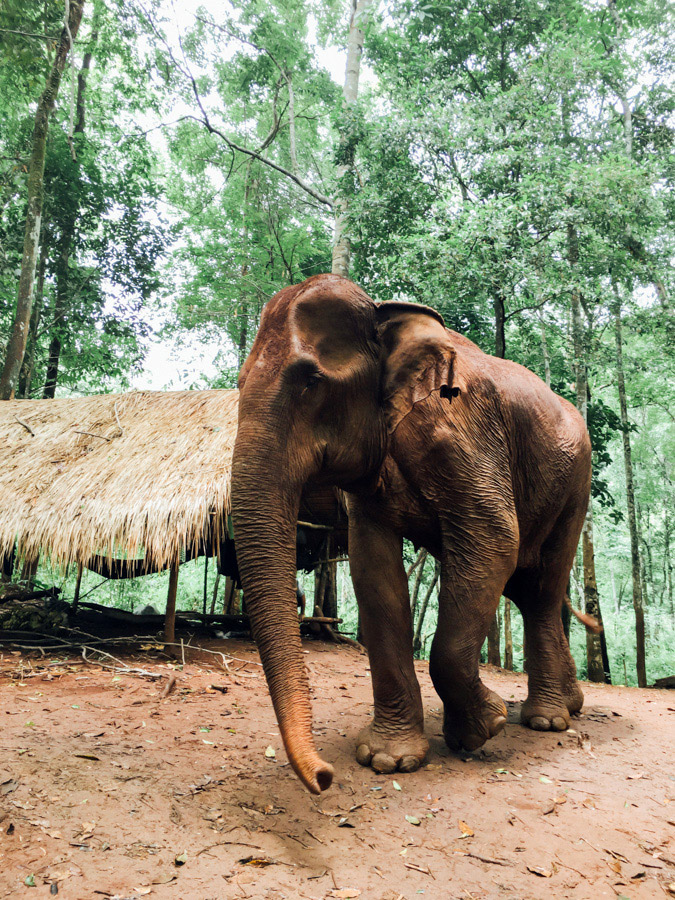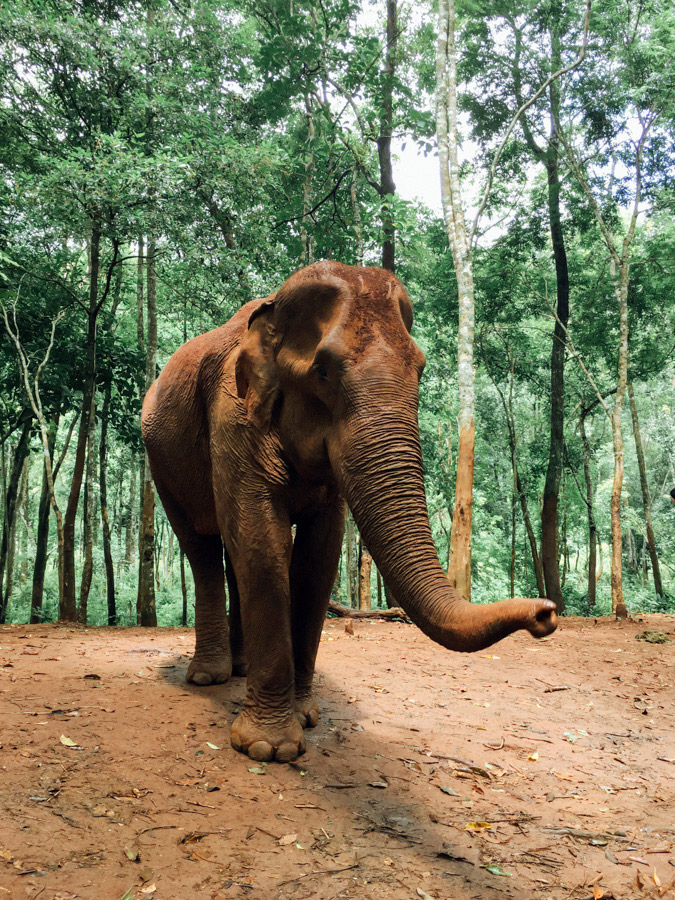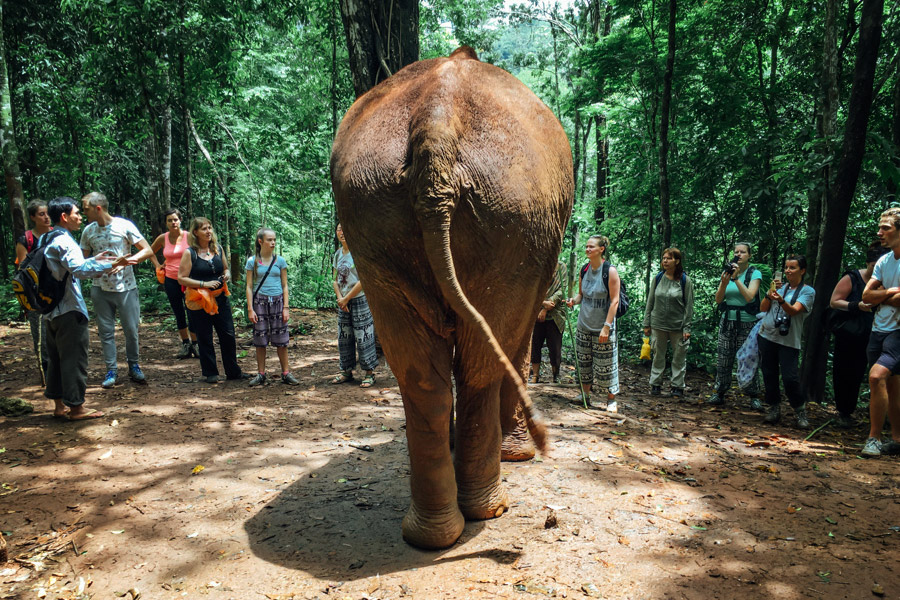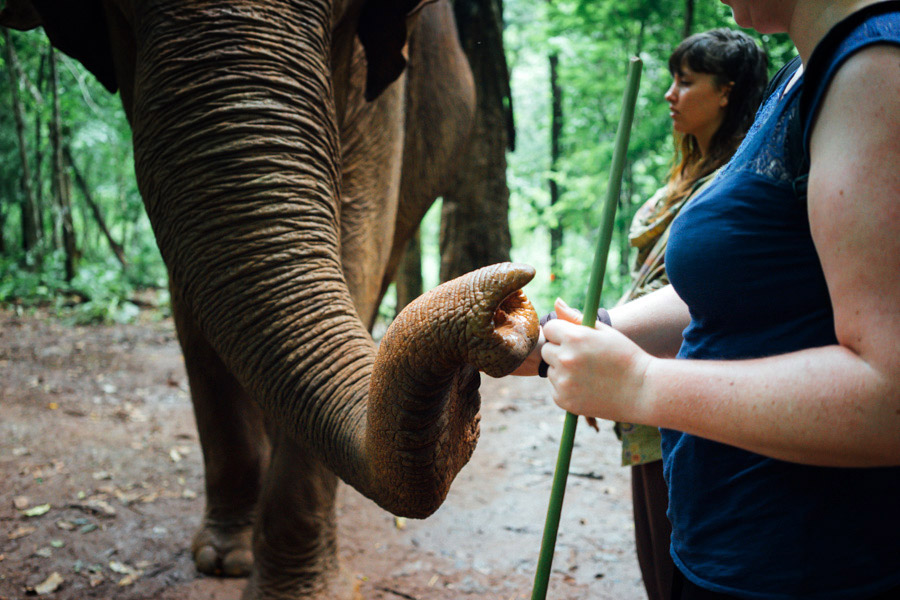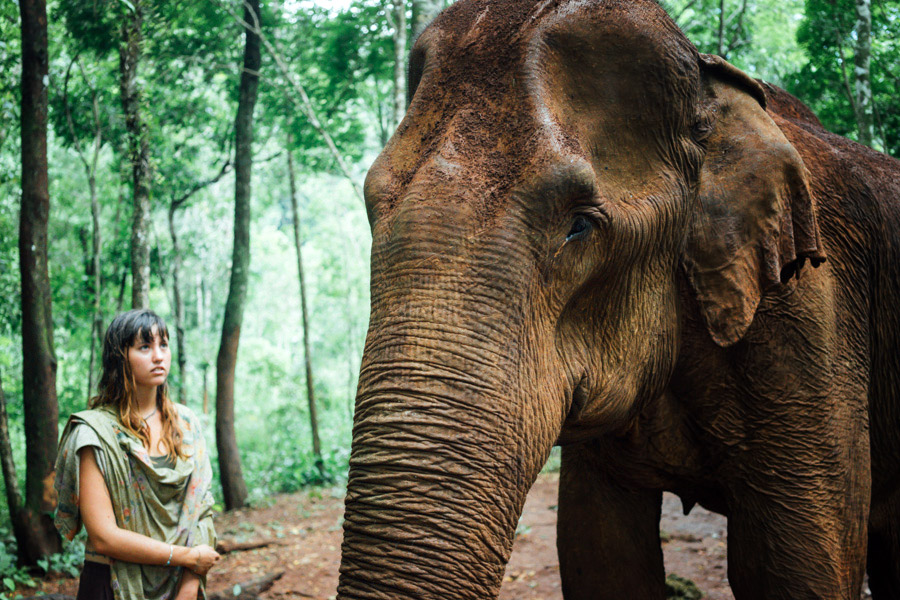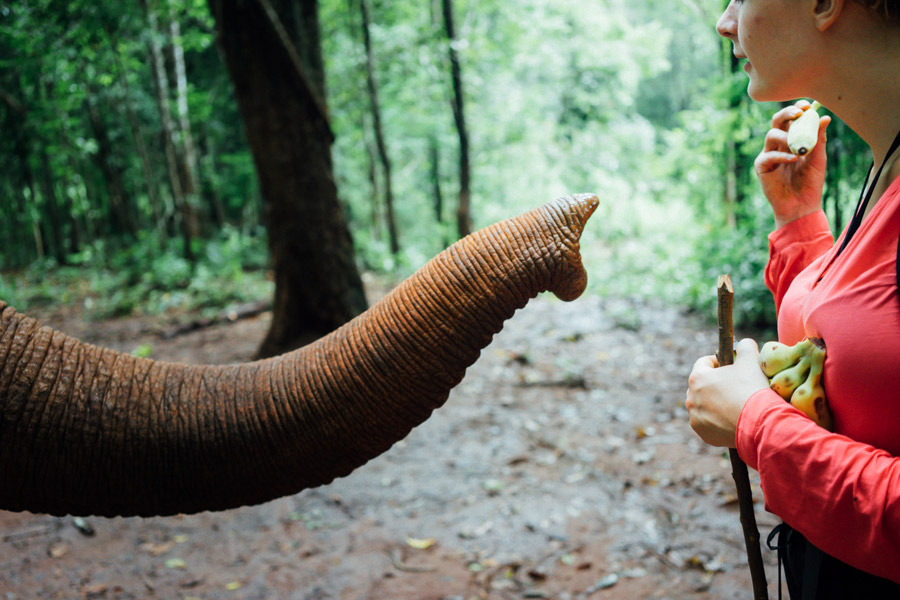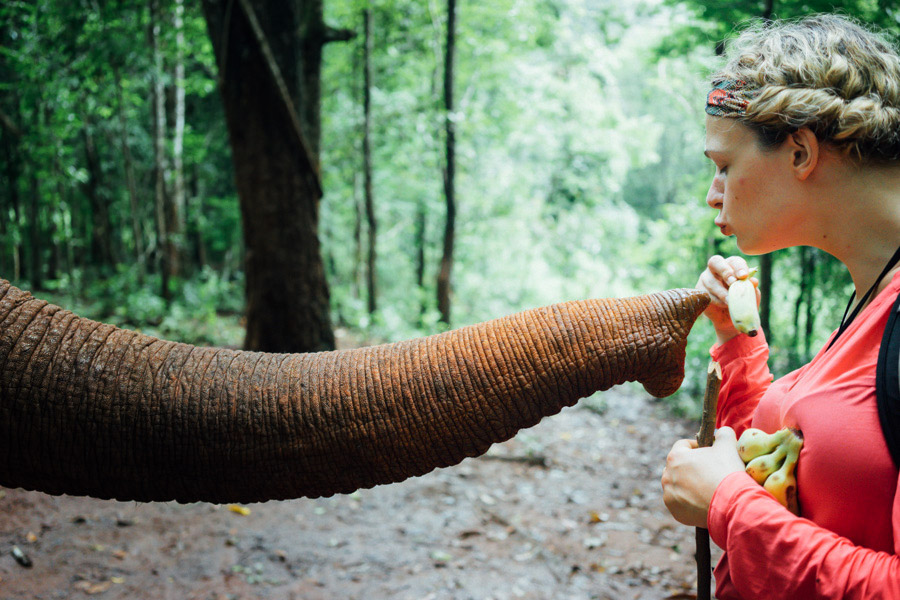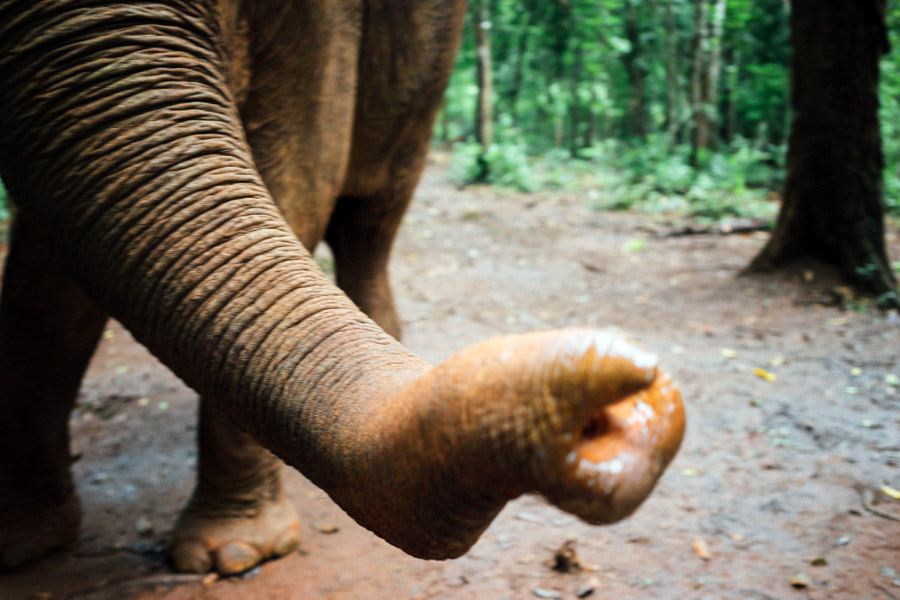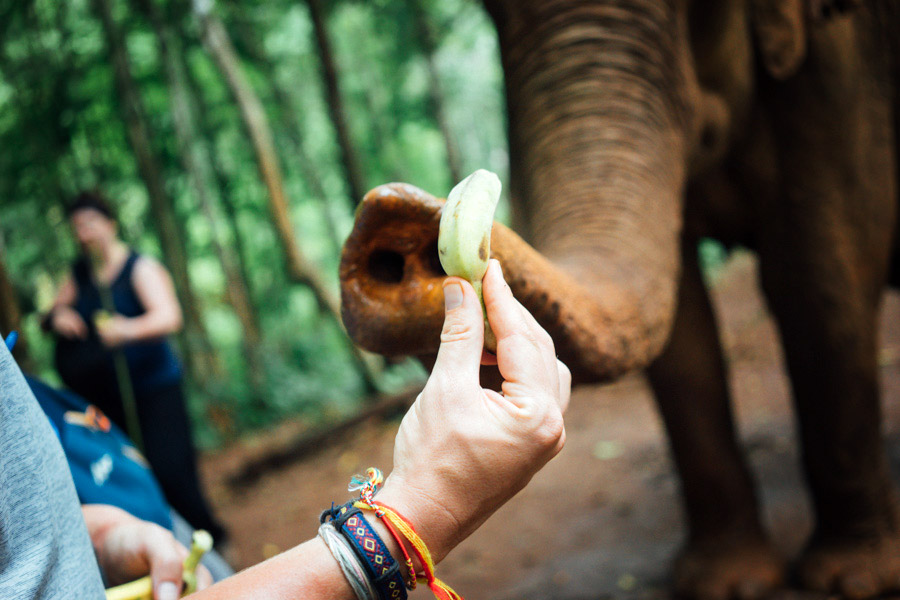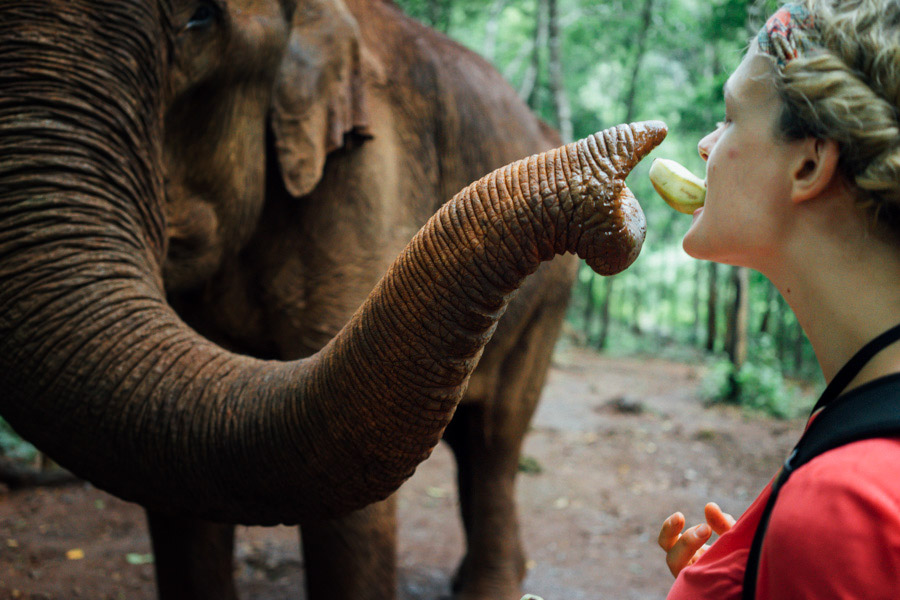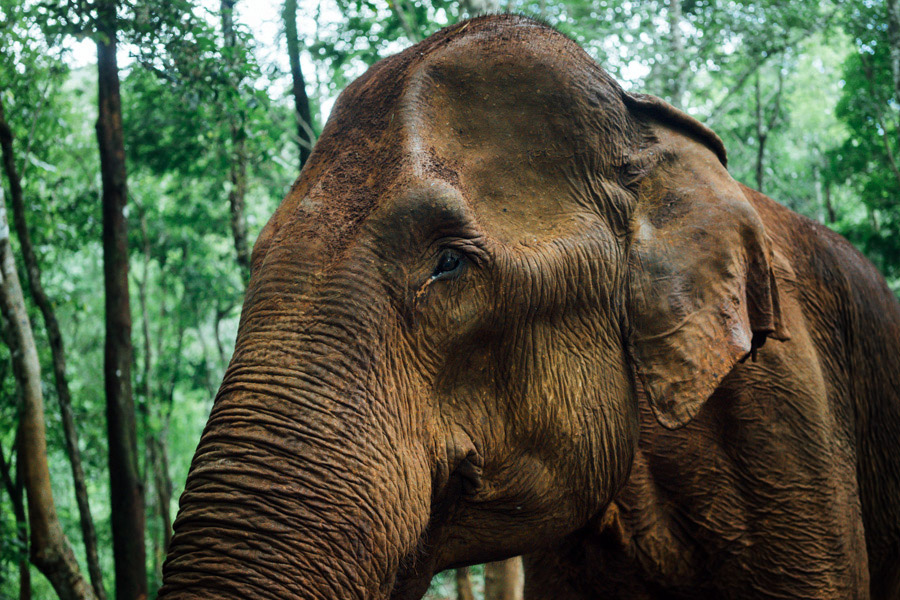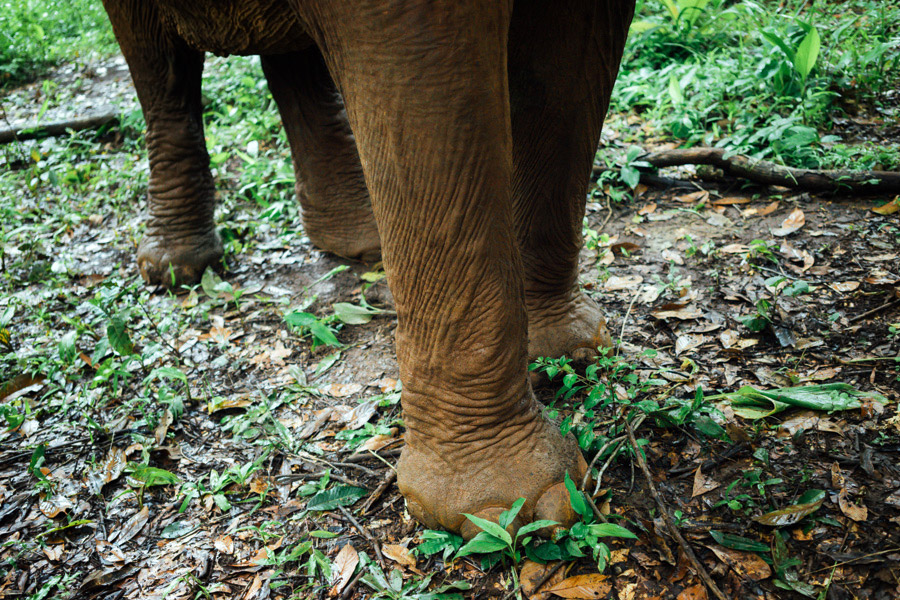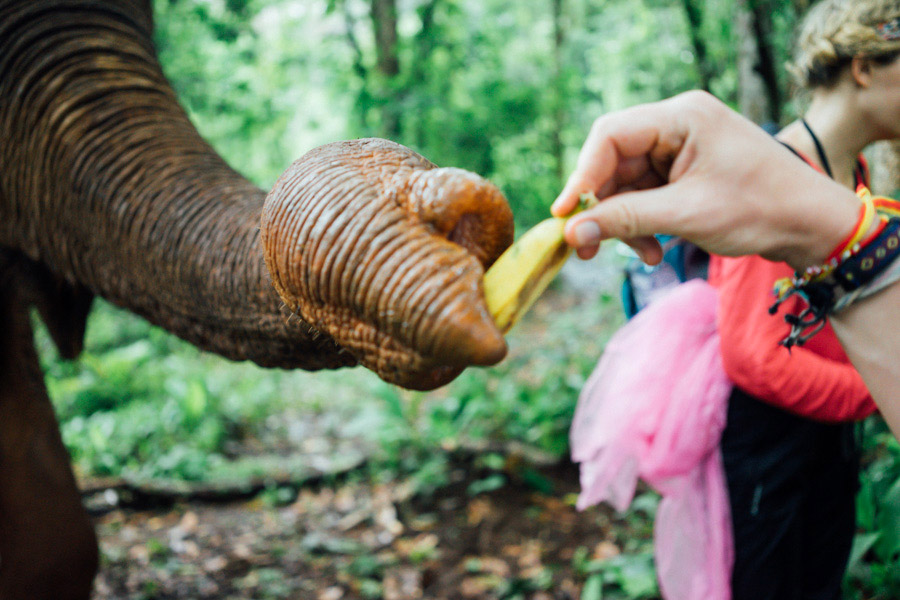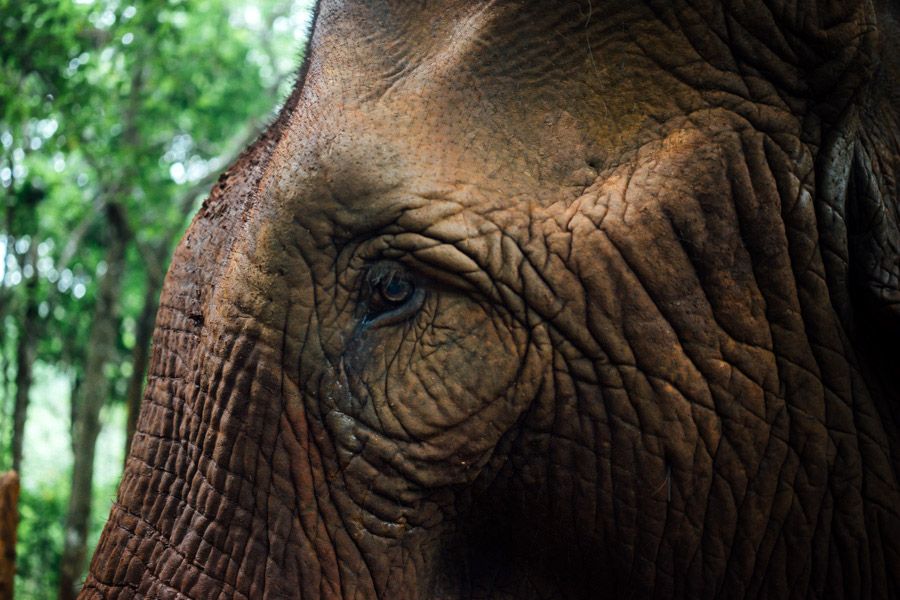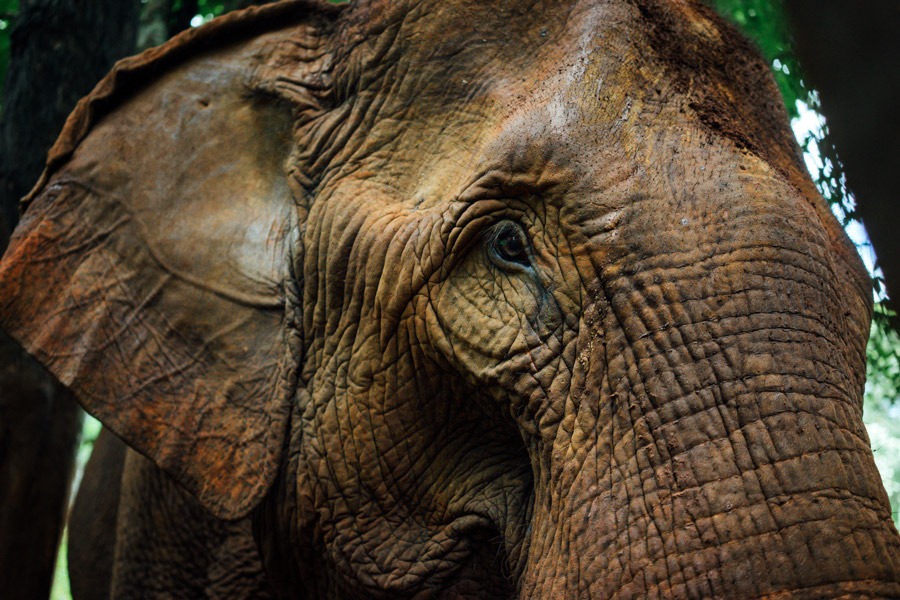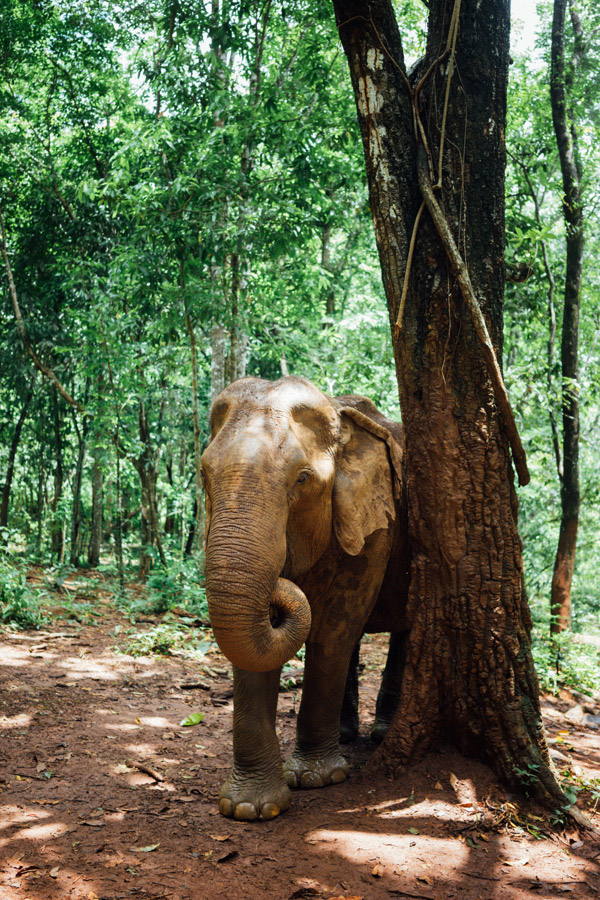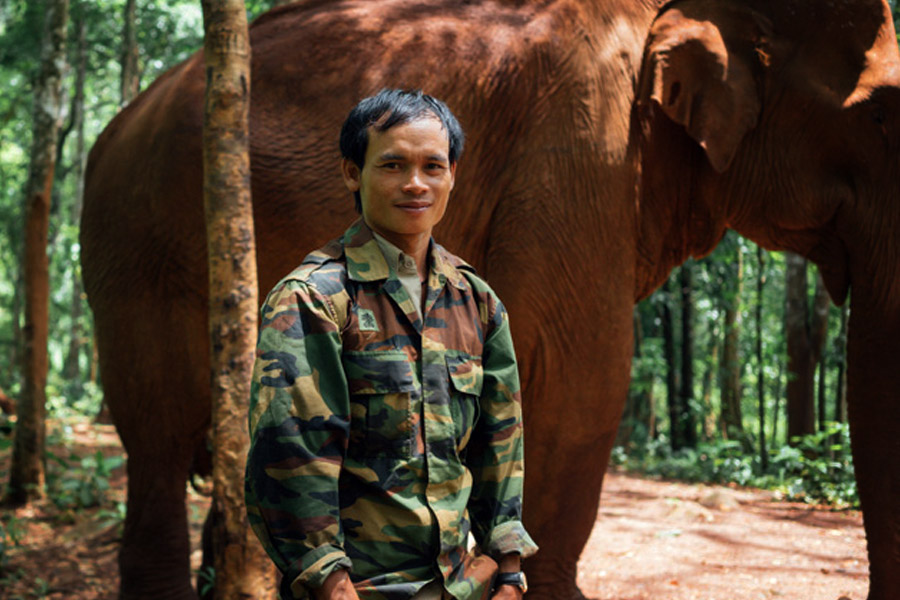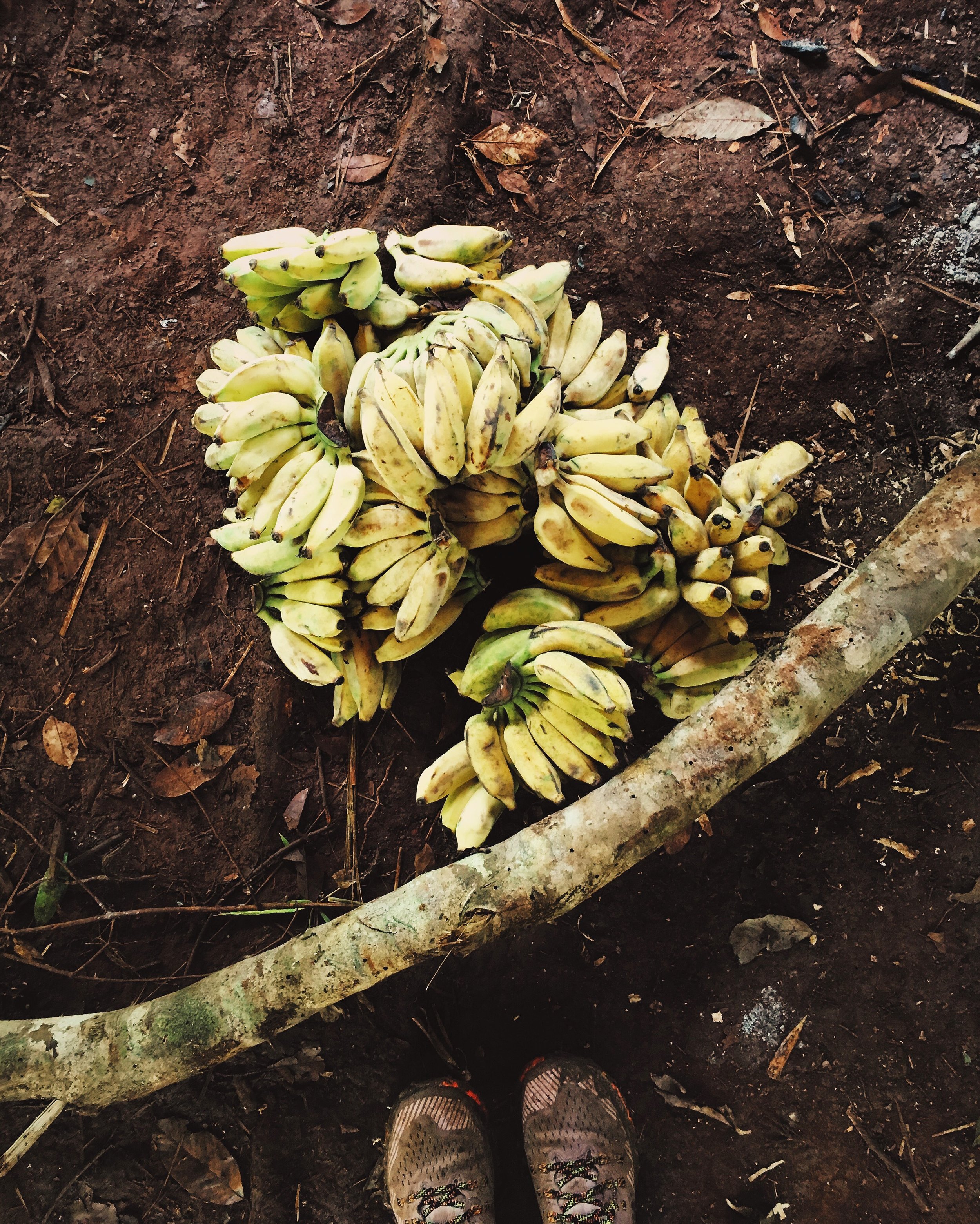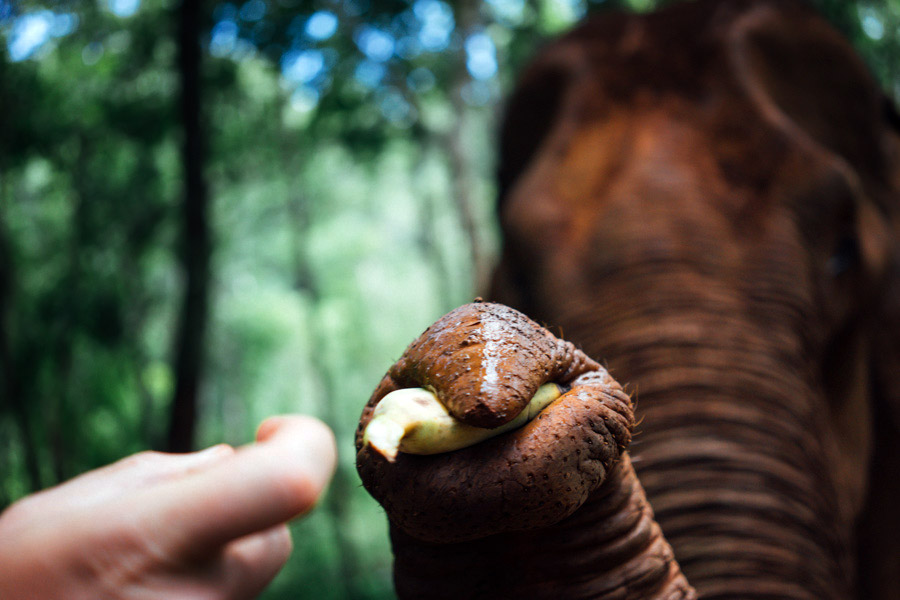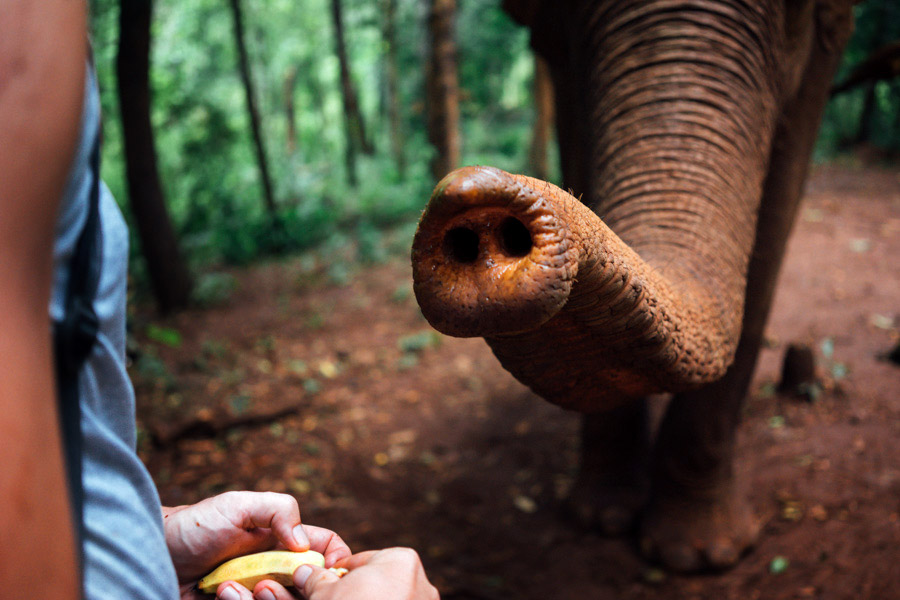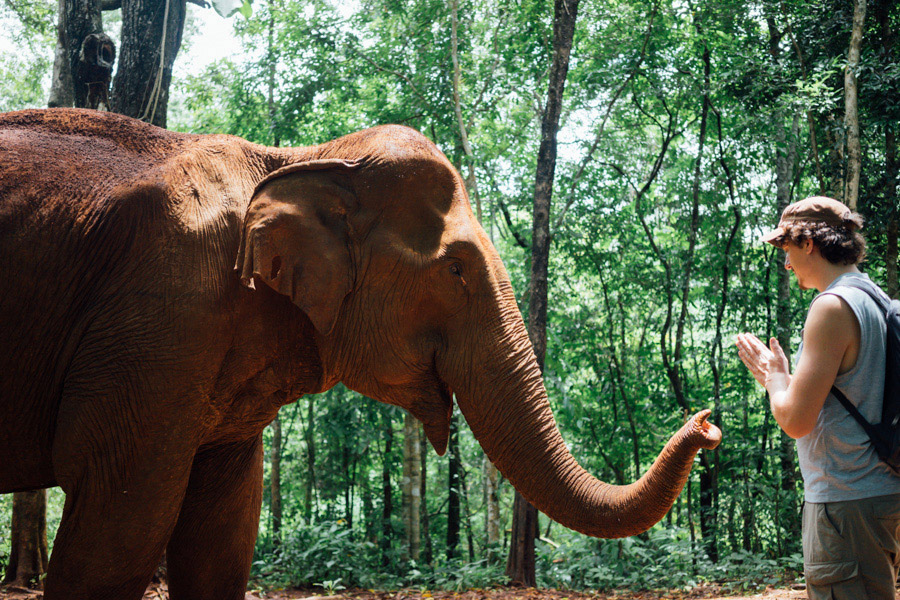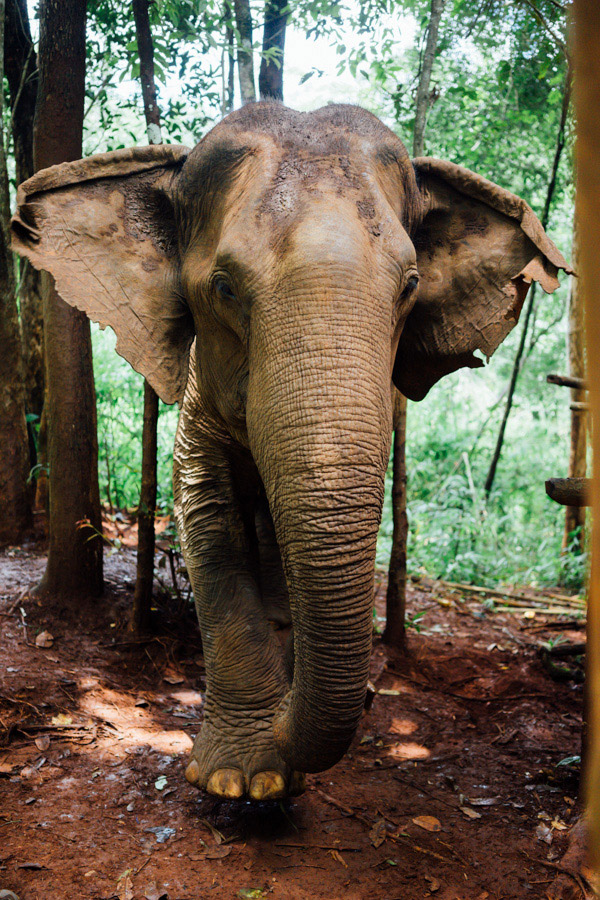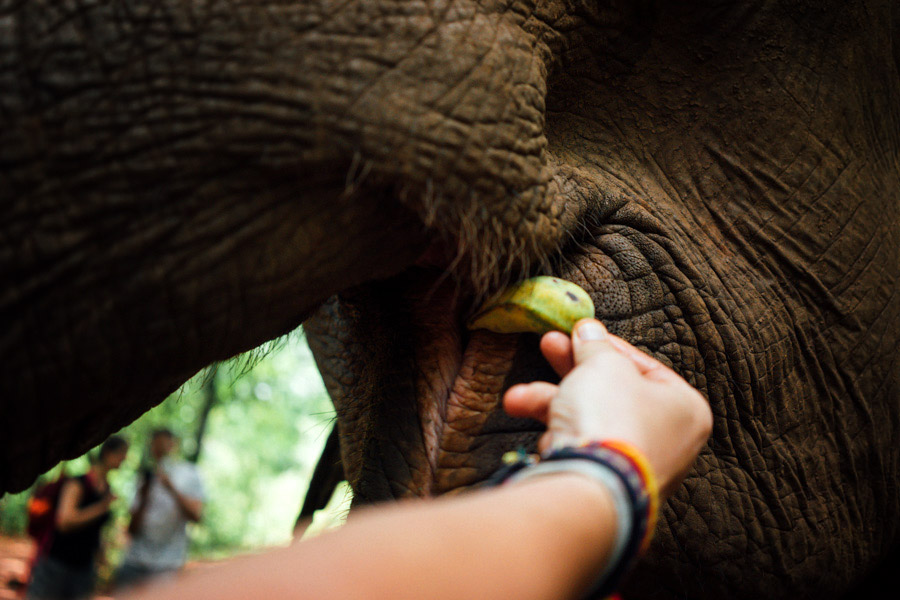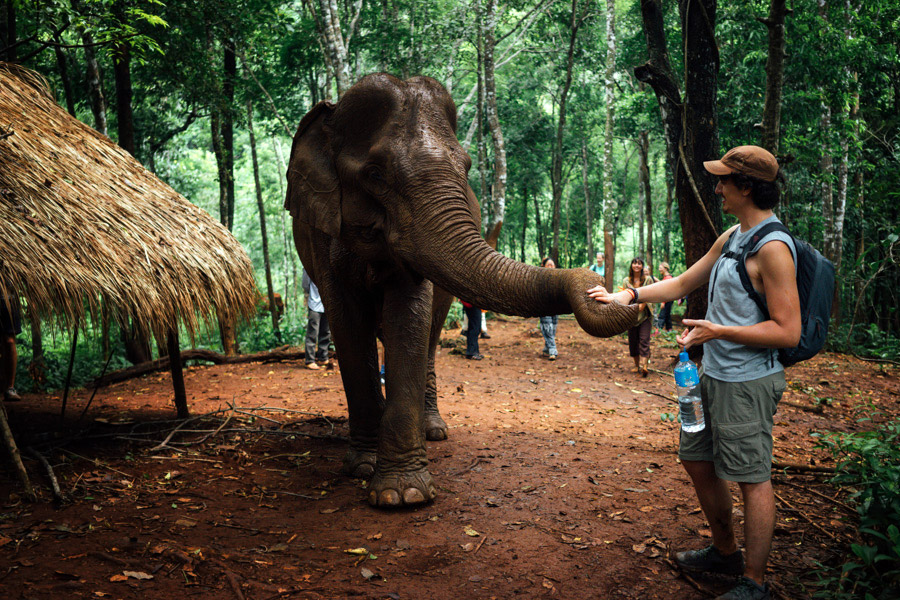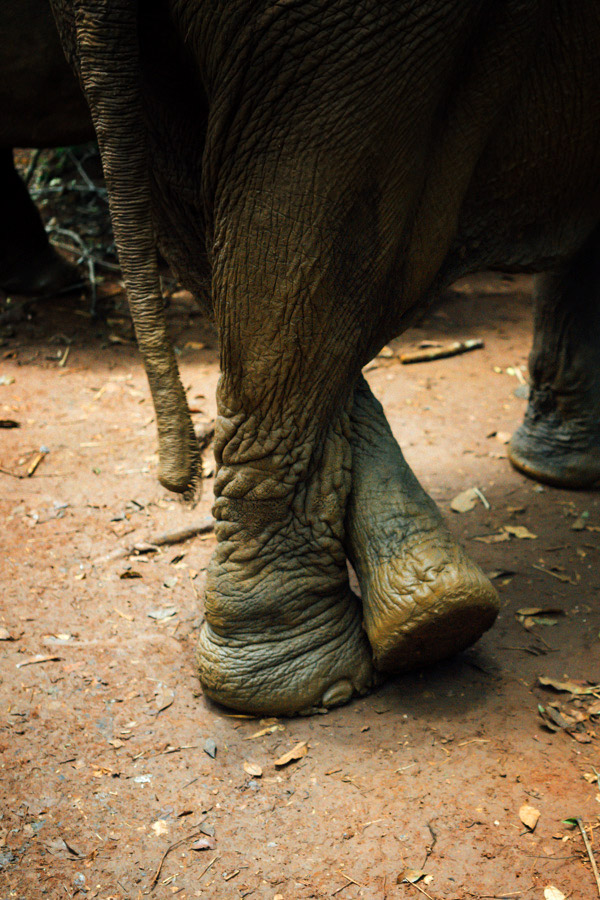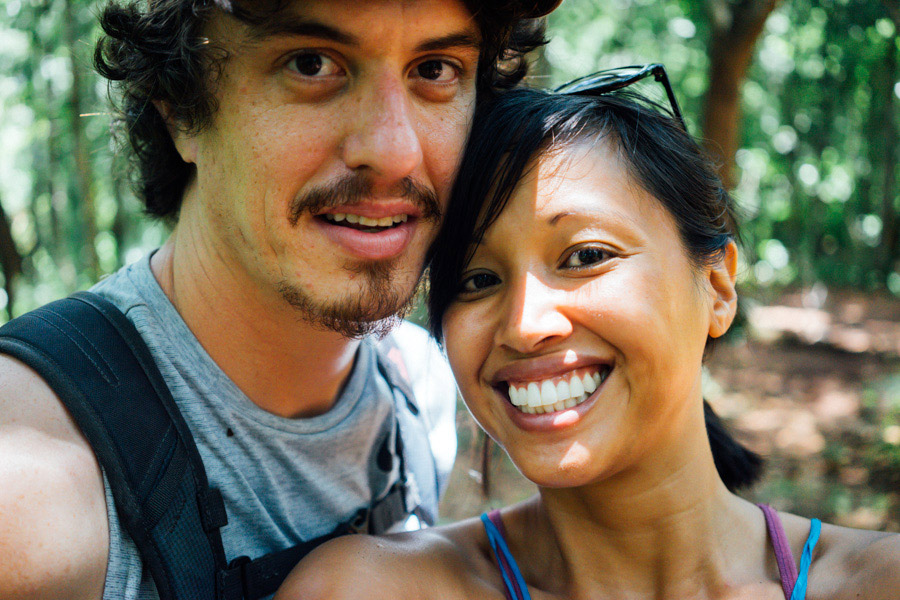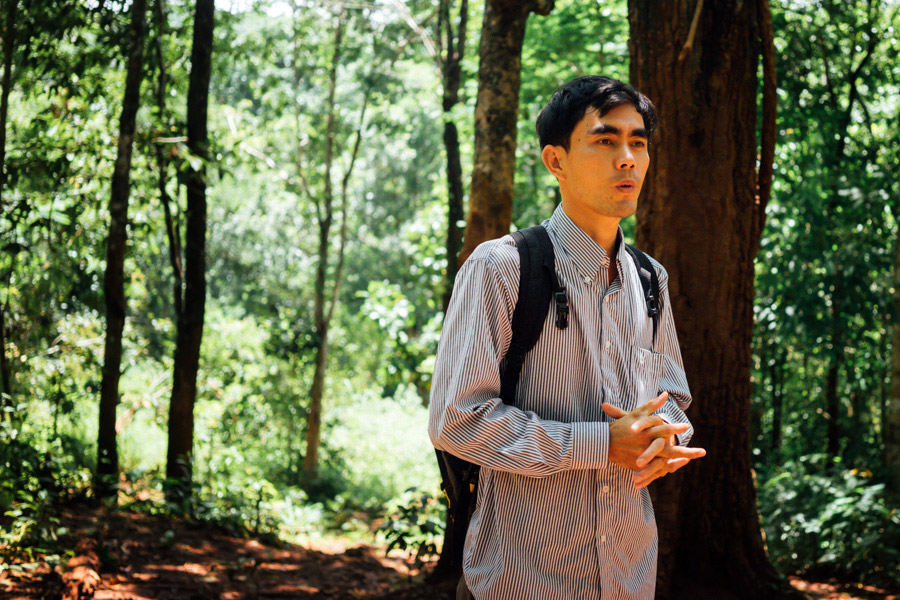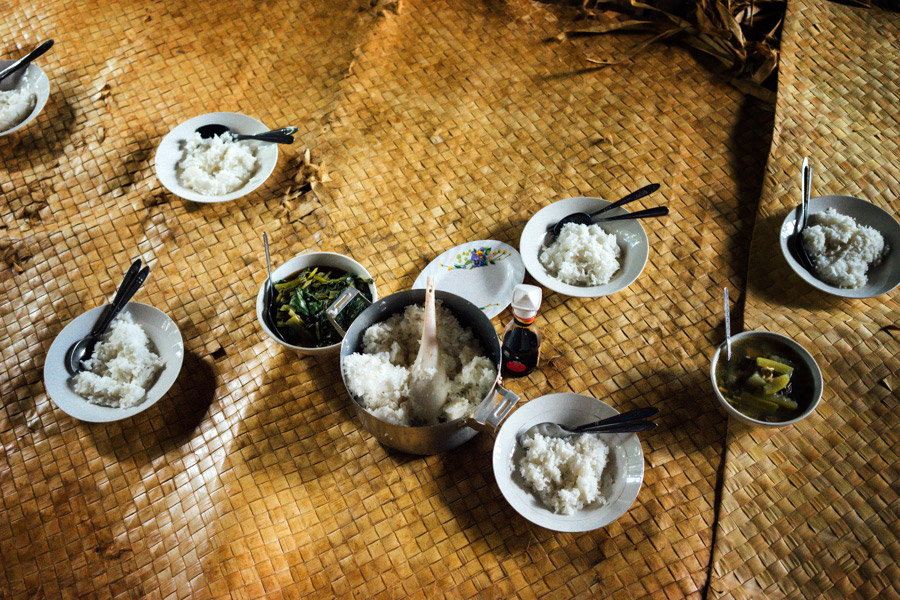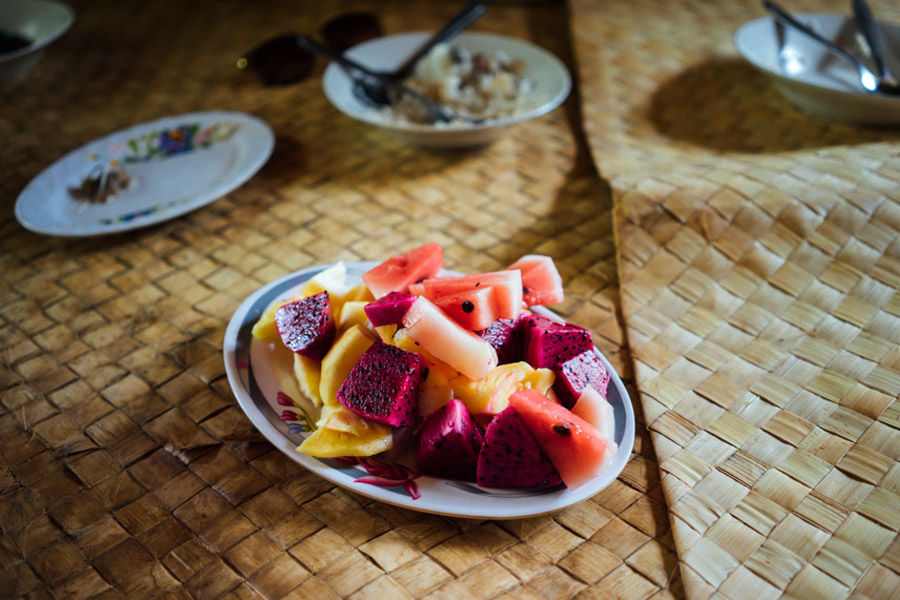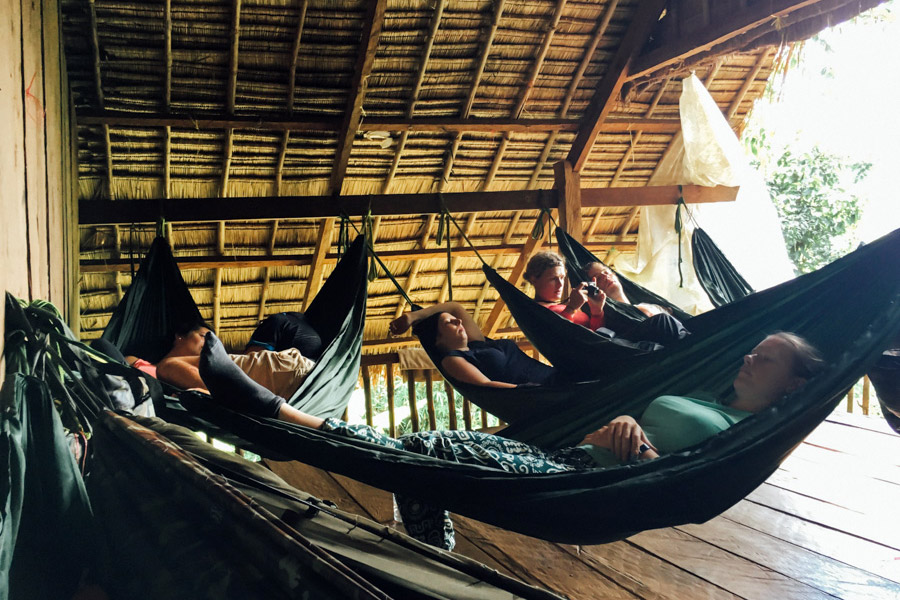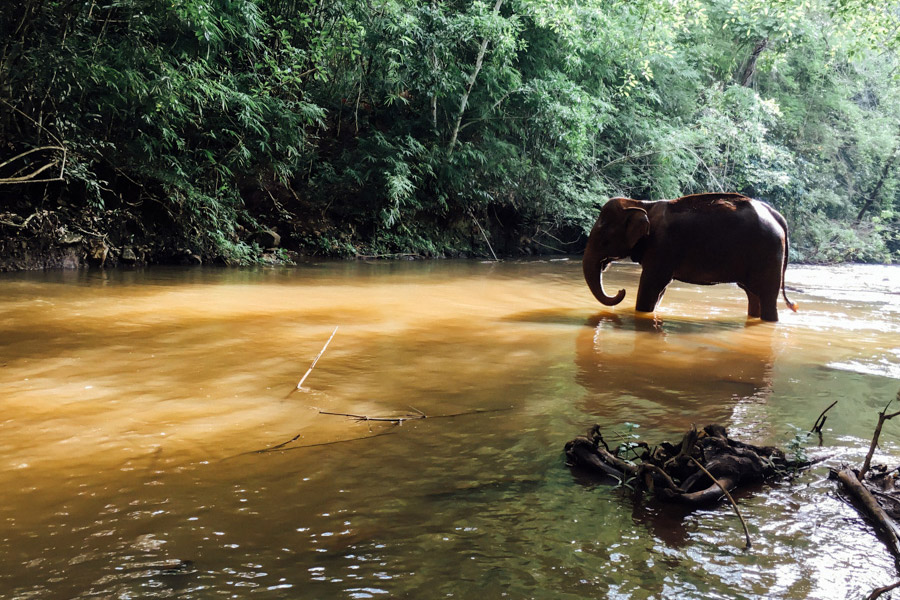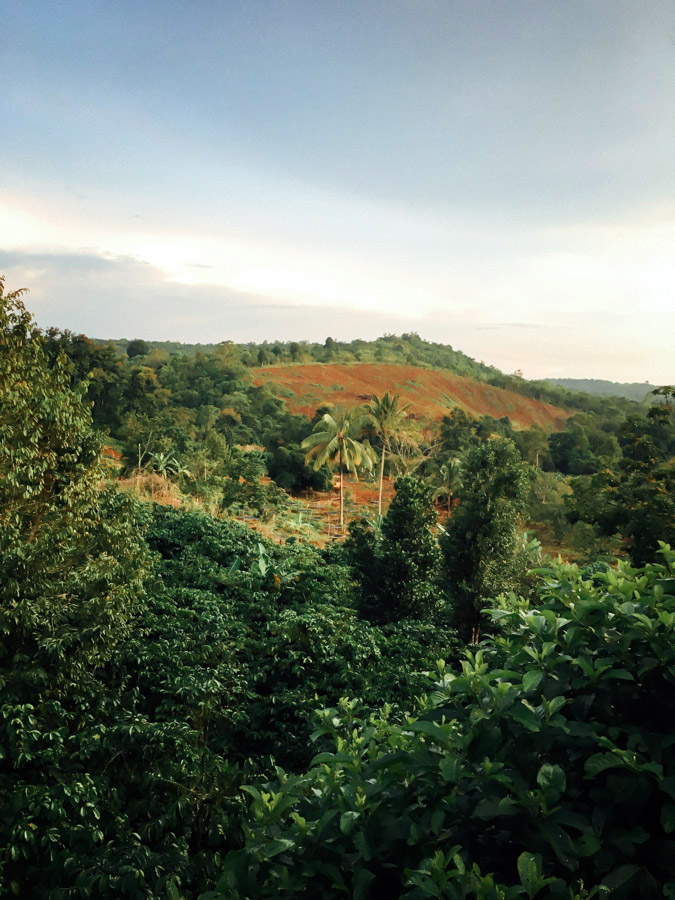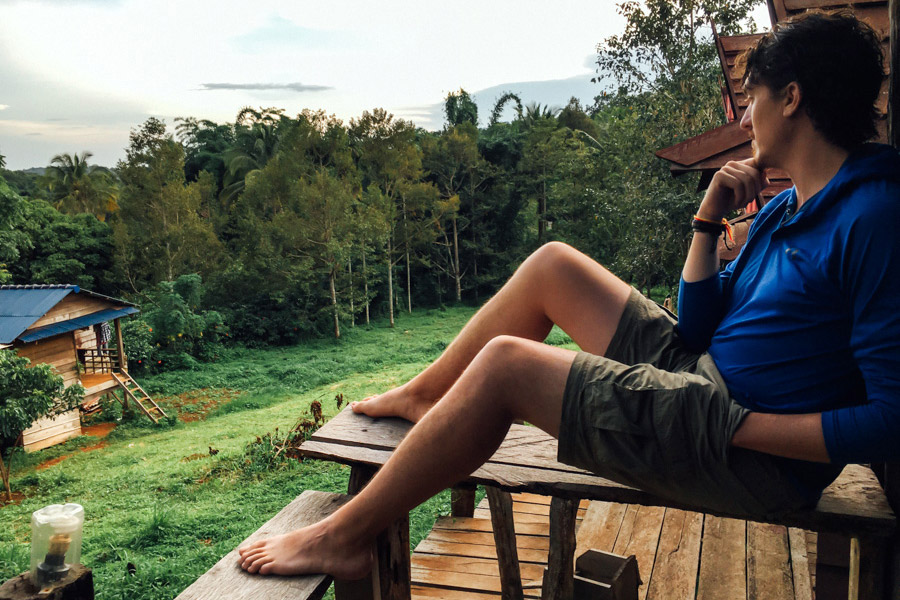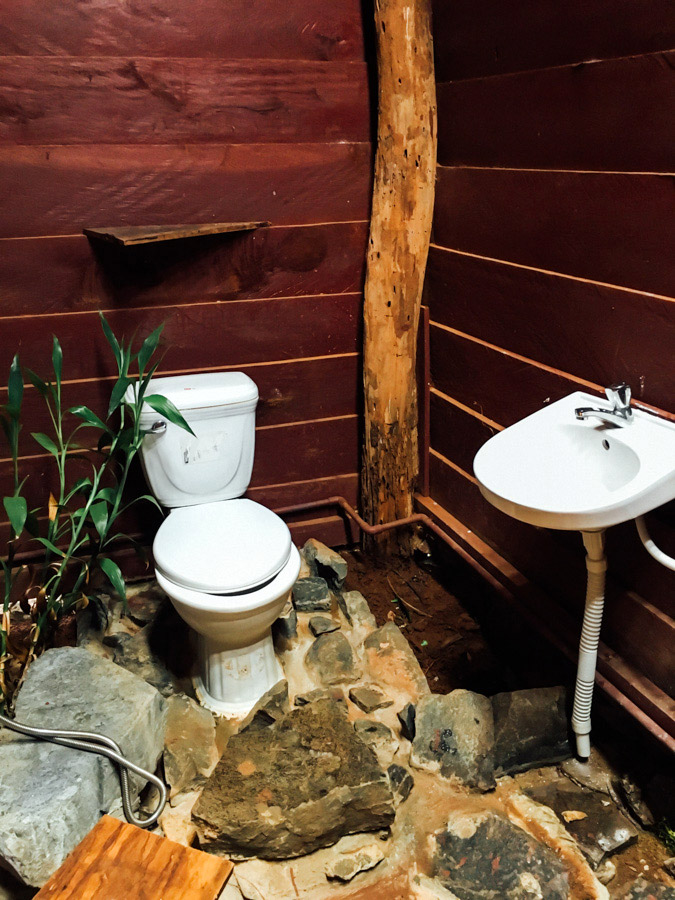Vietnam - Saigon and The Easy Riders
The Doors - Riders On The Storm
We couldn’t wait for Vietnam - so much that we decided to spend an entire month there. We land in Ho Chi Minh City, or Saigon as the locals call it. When the North (communist side) won the war they unified the country and imposed its rule on the South. Saigon, the Southern capital, became Ho Chi Minh City, after the famous political leader. In a way, it tells a lot about Vietnam - the lasting tension between North and South, the ever powerful Communist Party nudged to change as the country changes. This is the first nation where a few things stop working on our phones, like BBC and The Economist, our international T-Mobile coverage, and the first with such strong propaganda.
Saigon takes us by a storm: a taxi scam with a fake fare meter, the infinite number of scooters and desperate attempts at crossing; people shouting and blaring speakers at electronic stores; the heat and rain, threatening to blow up large pans of frying oil, with no concern from the cook; but more than anything else, the Little Red Plastic Stool. That’s the one I’ve been waiting for, to sit on as uncomfortably as I can - because in Vietnam, it’s the best sign for delicious bites and slurps. I should rectify: We couldn’t wait for Vietnamese food - the bánh mìs, bún bowls, phở soups and other things we don’t yet know.
So yes, it did start with a taxi scam that we’ll overthink. In the end, it was a simple crooked meter that landed us our first bad experience. But as we’ll come to know later, the scams are also part of Vietnam. We do our best to reset, buy a 4-pack of beer at a local market and order our first bánh mìs (with pâté and pork), to our surprise served on a hot plate with bread on the side. It’s as delicious as we expected. Dinner is on a Little Red Plastic Stool and consists of Bún Bò Huế, soup with beef and noodle (“Not too spicy, please!”) ordered with the help of other customers wondering who could possibly be eating here without knowing what to ask for. Tastebuds are singing - and I understand why Vietnam is Bourdain’s favorite place. Screw you, taxi, this is the real start to our trip!
We stay in a small corner room without windows in a modest hotel, Minh Chau. After fried bananas and the first of many Vietnamese coffees, we head out to see and eat our way around Saigon following a list of the top bánh mì places Madie found online. We make our way to the War Museum, through the incessant traffic on sidewalks taken over by scooters, for an exhibit documenting the 20 years of battle and its aftermath. The photography is raw and beautiful, the first of its kind - we’re overwhelmed by the atrocities of war and Agent Orange, causing decades of pain. The letter of a Vietnamese child to President Obama finishes the job; Madie and I hug and shed a tear in the middle of the exhibit.
And so starts our trip to Vietnam, set on a deeply emotional path. Saigon shows its French looking streets, new cafes and nice parks, just as it shows its tumultuous driving, scams and scars. But we leave quickly, on a sleeper bus to Da Lat with rambutan snacks, impatient to explore Vietnam in a way we could not have hoped for: on the back of a motorcycle.
We explore the streets and pink church of the mountain town, but our goal here is to find the Easy Riders, a group of motorcycle drivers and guides. We meet Tintin and Hung, veterans of the Dalat Easy Rider team. They convince us I shouldn’t drive (thank goodness) - and get us comfortable to the idea of leave everything in their hands. After a warm dinner with our guesthouse owners, filled with new friends, beer and scorpion wine, we wake up groggy and hand over our packs. They skillfully strap them on each motorcycle, and we all take off for three days of incredible, sunny, heart-filling, rainy and ass-sorry riding through the Central Highlands - an unforgettable experience.
We drive four to six hours per day each on the back of a motorcycle, probably the longest time Madie and I have been apart since we started this trip. She rides with Tintin, the singing and talkative one. I ride with Hung, the proud and quiet one. Together, we roam through the country side of the Central Highlands, amongst wide fields of coffee plantations, remnants of rain forests, minority villages, and incredible views. The stops are many, learning crafts and history from our guides: the silk factory and its amazing machines to carefully unravel a single thread from a silkworm’s cocoon; the lemur coffee shop with a side business making rice wine, or happy water, in which soak various snakes, birds or any animal helping the libido; the street lined with small noodle factories (home businesses), whose families all moved there after being persecuted; the peaceful pagoda and its large laughing Buddha; the fishing village living on water; the dramatic waterfall and louder karaoke setup at its bottom; the rice paper artisan creating hundreds of thin white circles in unbearable heat. I never thought I would visit a brick factory, but we oblige and let ourselves be guided by the skillful drivers.
Tintin takes us through two minority villages, small ethnic groups nestled in the Central Highlands, with their own language, culture and way of life. We sit in their humble home for a few minutes, talking with them with Tintin’s help. We meet children, mother and a grandmother barely older than us. The brother is preparing lunch, with what looks like a rat on a stick, grilling over open fire; outside someone is making happy water from rice and wheat. The church is nearby, there are a few chairs under a corrugated metal roof, and a simple painting of Mother Mary on the wall. They are all Christian, after missionaries converted them years ago. Tintin explains that education is provided to them, but never pursued after the age of 12, as it is simply too costly to not have the kids work. The houses are simple, with a single wide room and open fire. The stilts are for tradition more than the original purpose, protection from predators. The real predator now is modern life slowly reducing the tribe, just as we’ve seen in Cambodia.
In between the many visits, the rides are my favorite part. We speed through various landscapes: rose gardens and wide coffee plantations, rice fields and water buffalos on top of the Highlands, the serene Lak Lake. We drive through the remnants of rainforest killed by Agent Orange, given away by a change in color and fullness of the trees, and pass on a bridge overlooking an entire region destroyed by napalm. The American army, after being ambushed too many times, used the destructive chemical agents to kill the vegetation and do incredible damage for decades. Today most of it is now habitable, but the traces of the destruction are still found in the genes of people affected, causing many childbirth defects, as we had seen in many photos at the War Museum back in Saigon.
Through it all, there’s nothing to do but look, experience and meditate. I look back and see Madie talk with Tintin on their motorcycle; I’m happy to be with quiet Hung. My daydreams are often interrupted by Hung slowing down and stopping by a pretty view. “Now you walk. I wait for you there,” he says, pointing ahead. So I do, and get to walk with Madie for a few minutes, just her and I, as we catch up with them.
But perhaps the best part of this trip was sharing meals and getting to know Tintin and Hung, whom are now our Vietnamese uncles. The meals bring us closer. We taste local dishes not on the menu, like pepper chicken, caramelized pork, octopus, or tomato fish soup; we get the best versions of com gà (roasted chicken and rice), nem nướng̣ (make-your-own rice paper rolls) and beef phở (for breakfast of course); we taste the unique fishiness of a local herb. Tintin was a scholar in college when the war broke out. His side - the South - lost to the North, so he was not allowed to finish his studies and graduate. He wanted to be a French teacher, and switches to a skillful French whenever he talks about the country, communism or the people, too scared of someone understanding. He tells us about the Communist Party, taking more care of themselves than of the Vietnamese people. All the fancy cars we see on the road are of party members. In the North, they call it the American War, and they won. In between heartened speeches, Tintin chain-smokes cigarettes and sings old French songs I can’t name.
“Does he often sing like this?” I ask. “Sigh... all the time,” Hung tiredly replies.
He is the quieter one, and stopped smoking years ago; a loud laugh and wide smile often liven his face. He is proud of his photography and driving skills, often taking the lead. They’ve been riding together for years, and seem to communicate without a word. He understands Tintin’s grudge, but does not seem to hold the same. He’ll strike up a conversation with the party people at the nearby table over another lunch (fish soup with noodles). They’re drinking heavily even though the men are driving -- knowing too well that a bribe will take care of the police if they happen to stop them.
As we head to our final destination, Nha Trang, on the Eastern coast, we come to an incredible coastal landscape. We should have marveled at the sights of water and the warm air around us, but feel only sadness as we know this signals the end of our trip. We bid goodbye to them after they see us safe at a cheap hotel and leave, always rocking their motorcycles. Thanks to them, we understand this complicated country a lot more and will leave two uncles richer. As we explore the streets of Nha Trang, we only speak of them and our trip, ever confused by the many Russian tourists in speedos walking alongside us.
Bonus track: the original song for this post was Steppenwolf “Born Be Wild.” If you also want to be wild, listen to it here.
Links
- We flew into Ho Chi Minh City, or Saigon, with a 1 hour plane ride from Phnom Penh, Cambodia.
- Saigon has a few sites to visit, especially the Cu Chi tunnels, a half day trip worth it for anyone with interest in Vietnam’s history (which we sadly missed). Also, stroll the streets to find their Notre-Dame and Opera in the Frenchier part of town.
- We highly recommend shedding a tear at the War Remnant Museum.
- Minh Chau was our place of choice for a nice and quiet hotel. The backpacker street is also known to have a lot of hotels.
- The post leading us to the best bánh mìs can be found at the awesome Migrationology.
- We made our way to Da Lat aboard a 6-8 hour bus ride (times are elastic). Da Lat is a simple mountain town and the door to the Central Highlands.
- And of course, the Easy Riders! There are many Easy Rider groups in Da Lat, and many claim to be the original ones. We highly highly highly recommend www.dalat-easyrider.com (careful with the typos) - and especially Tintin and Hung! Don’t worry too much though, as Lonely Planet writes: not all Easy Riders are good, and many non-Easy Riders are excellent. Just get there, meet people and go with who you are comfortable with.
- We missed Mui Ne (and don’t regret it for a minute), and spent only a couple days in Nha Trang. Too many speedos to be comfortable.











































